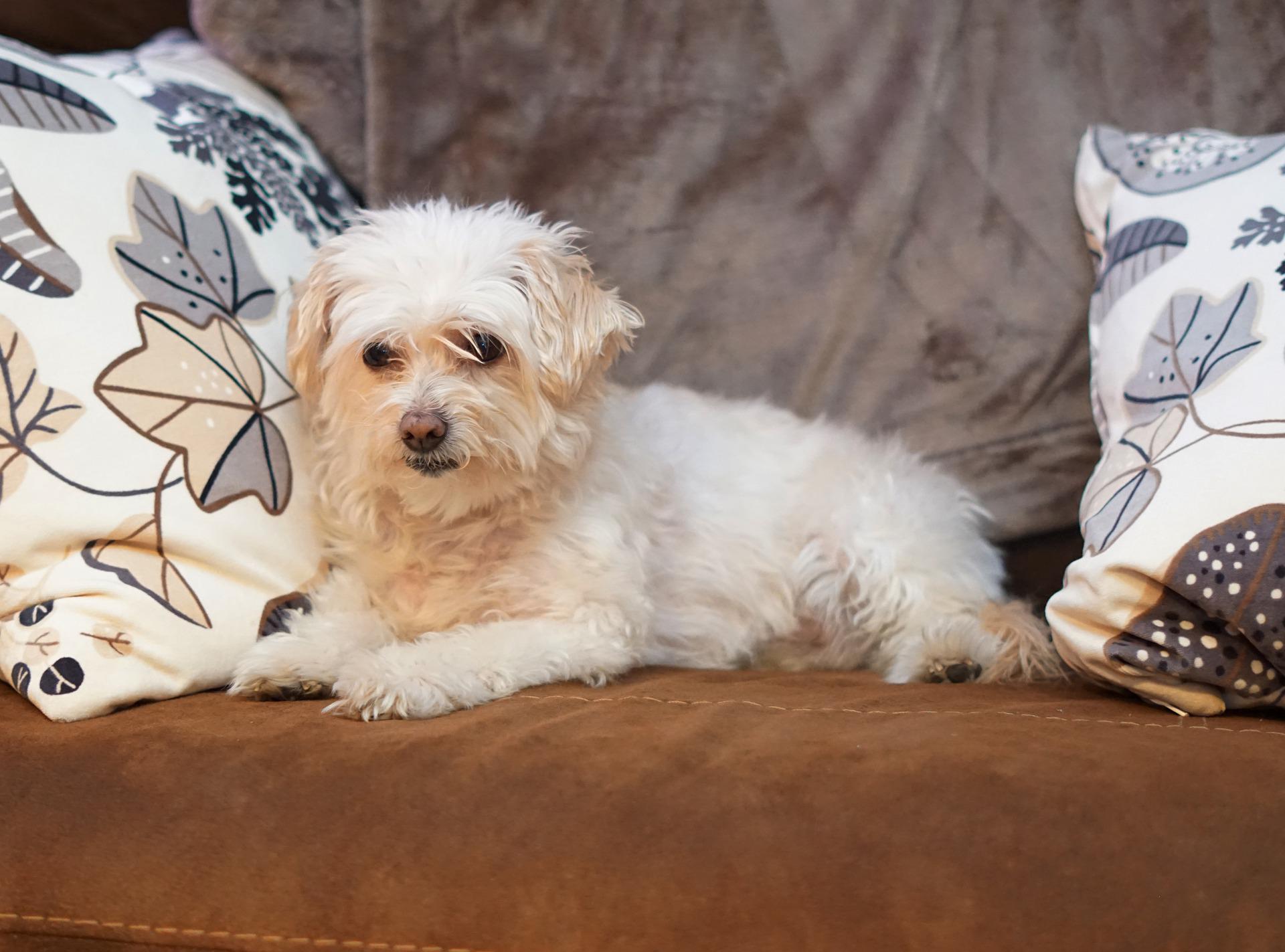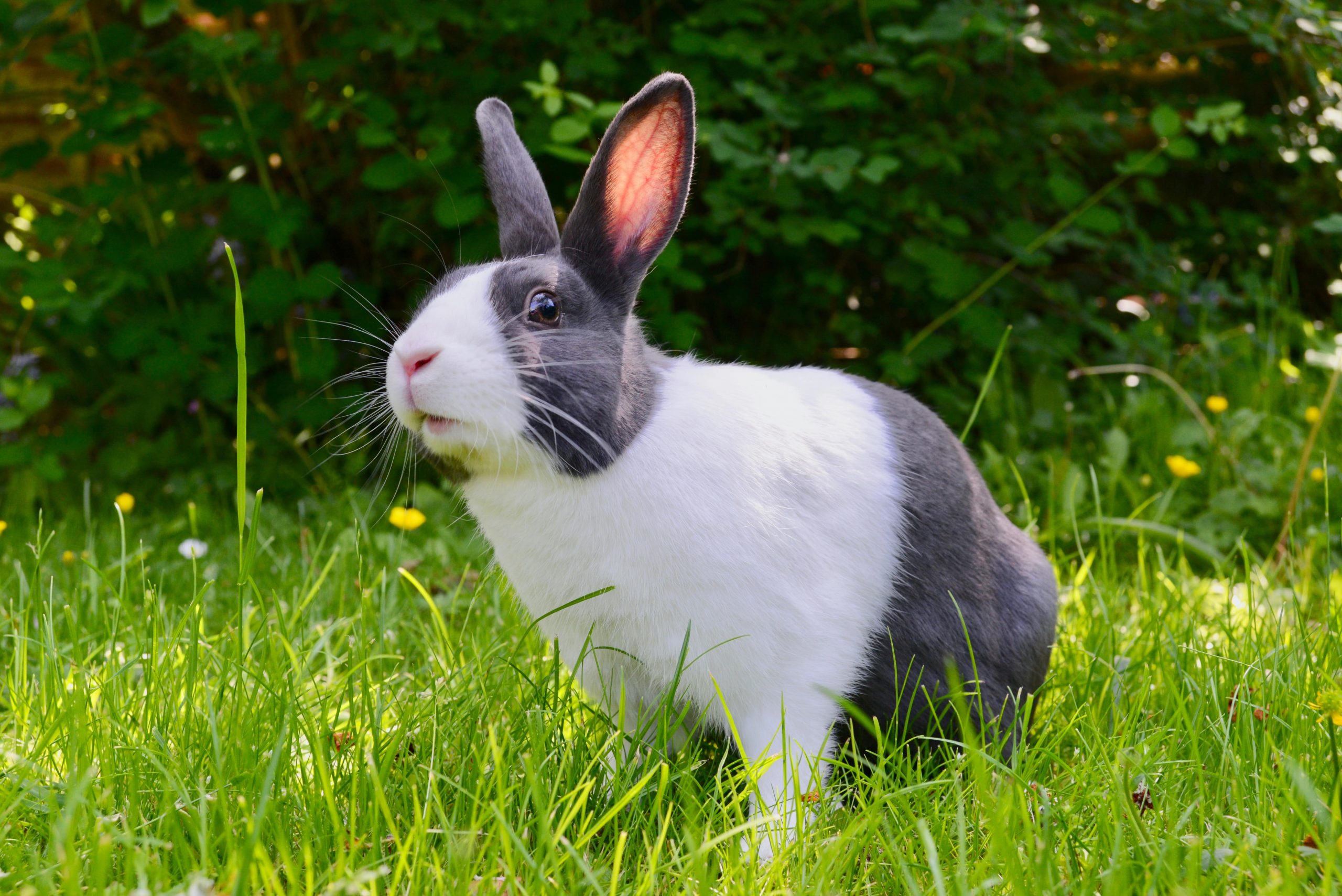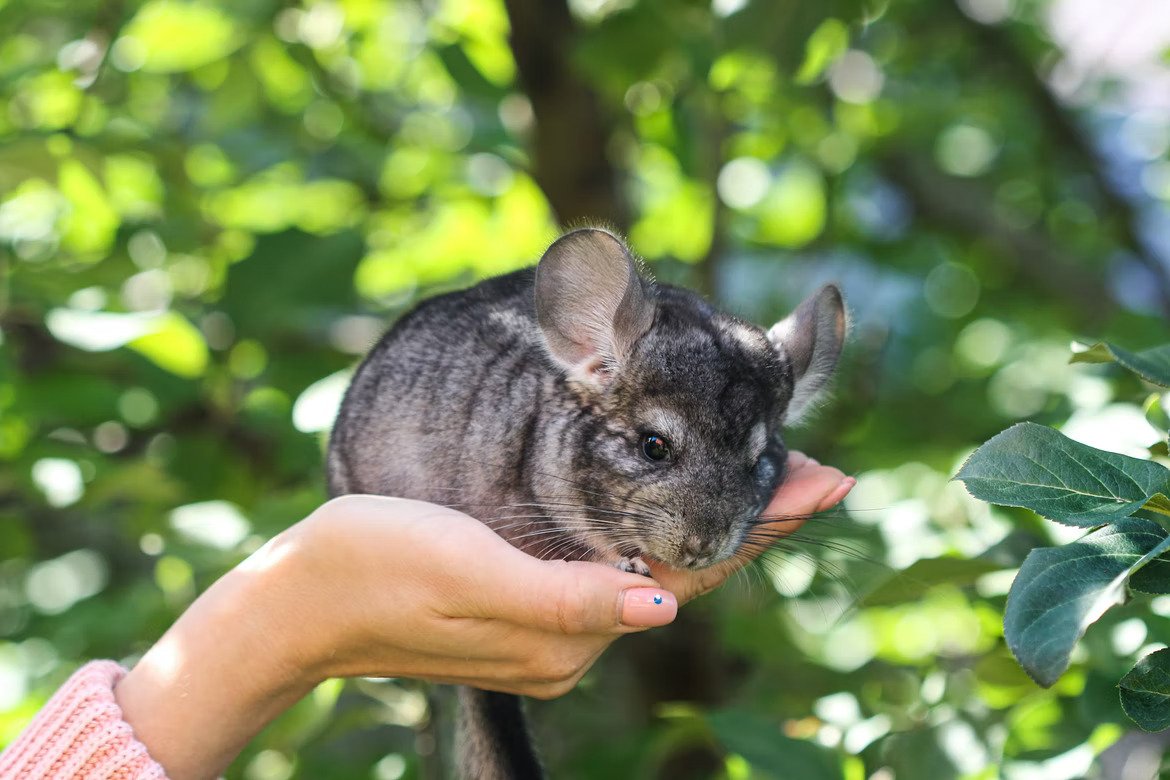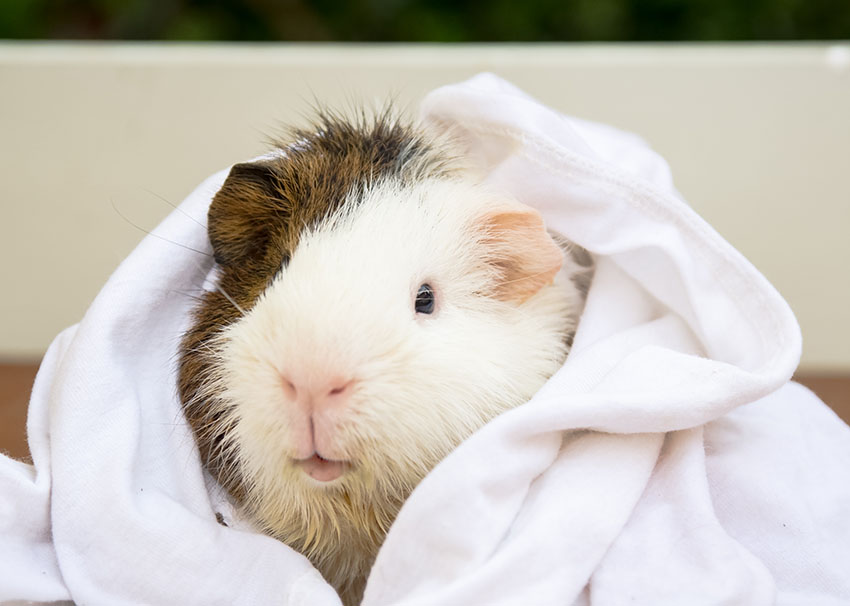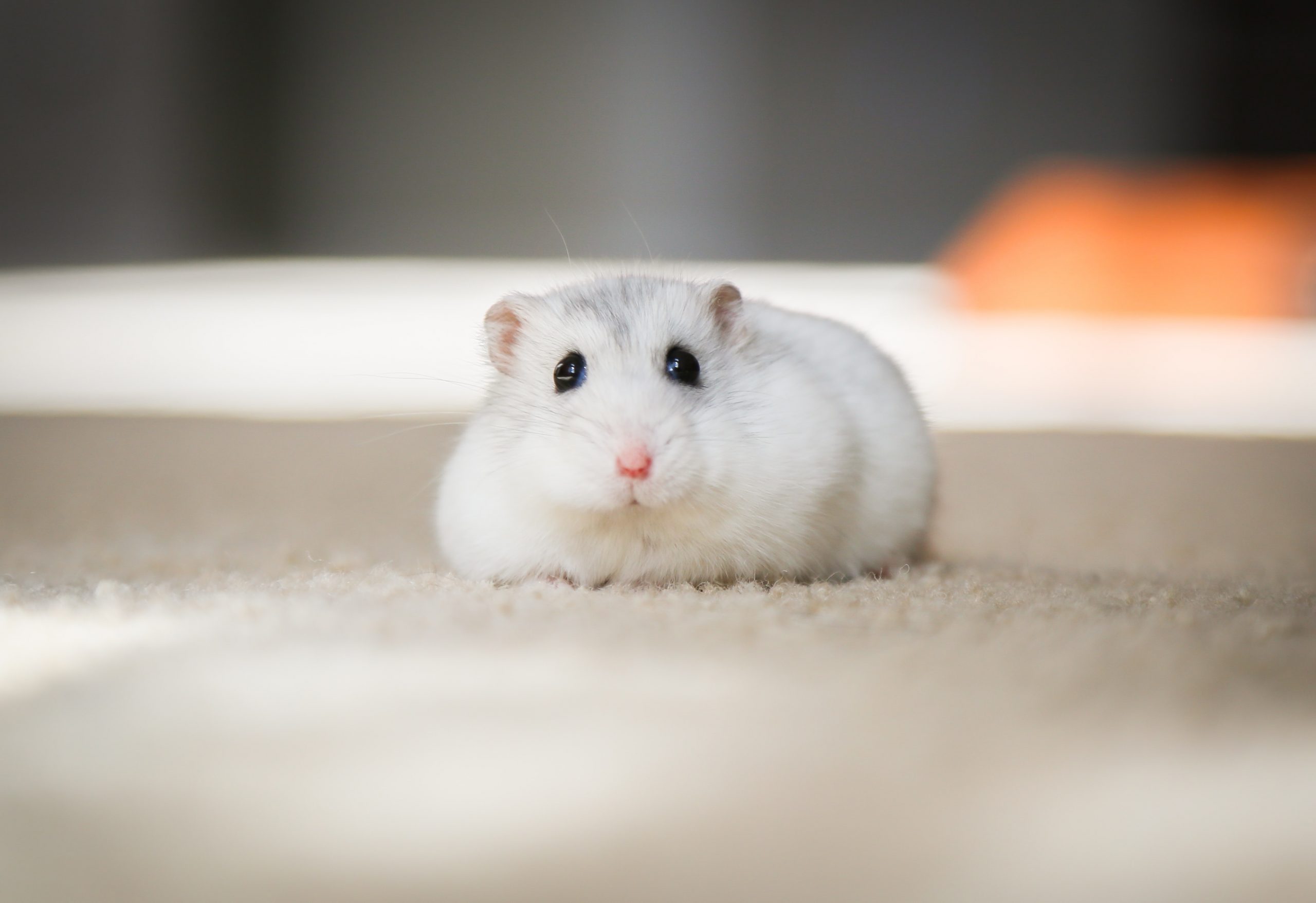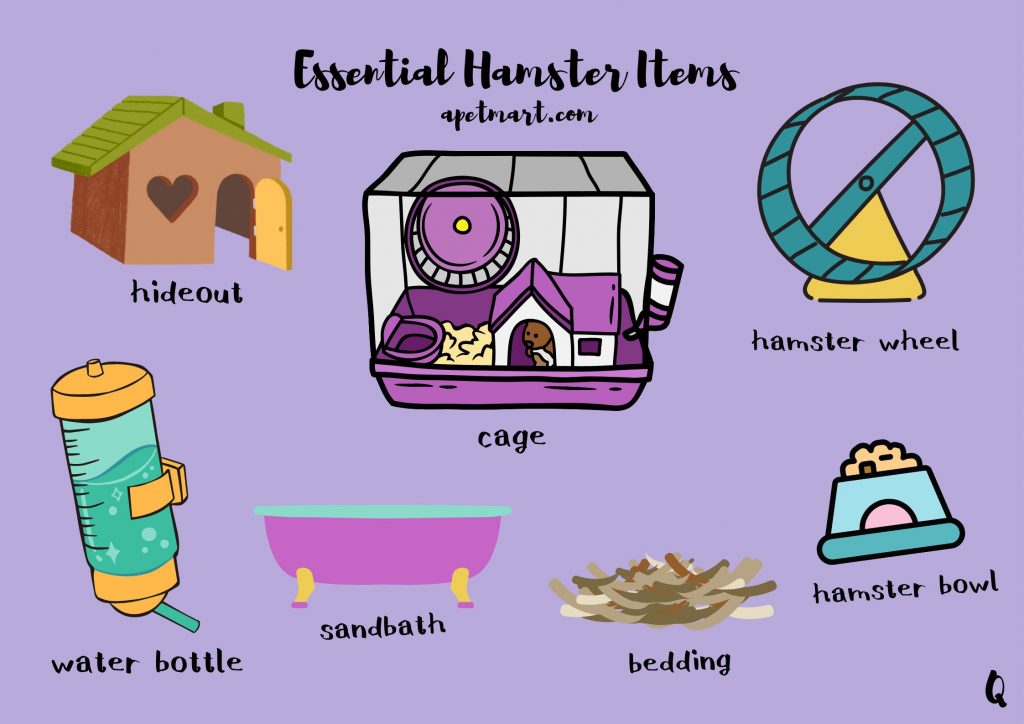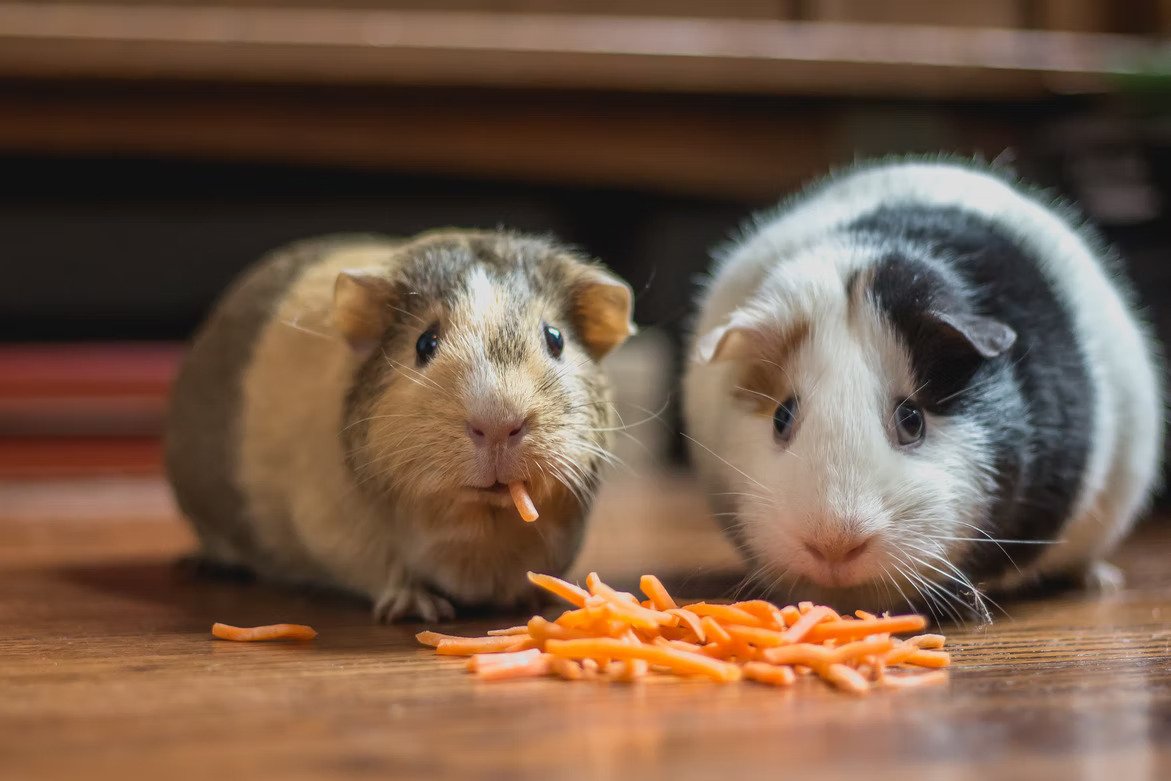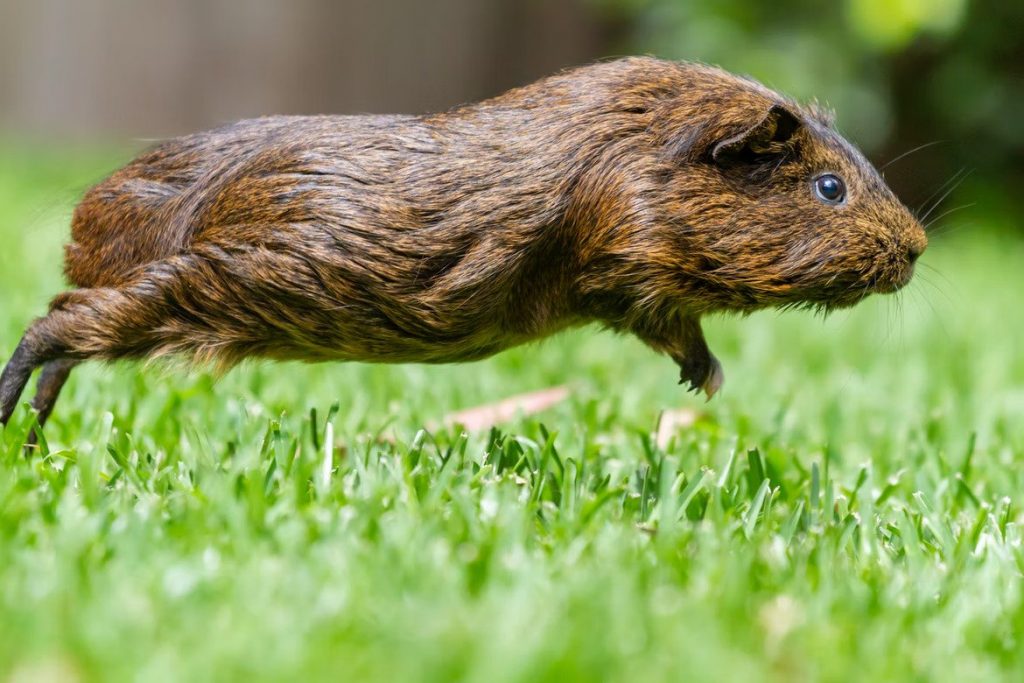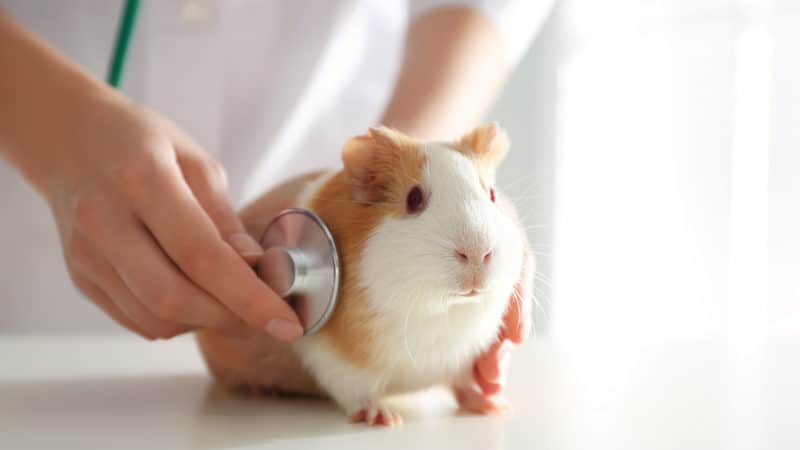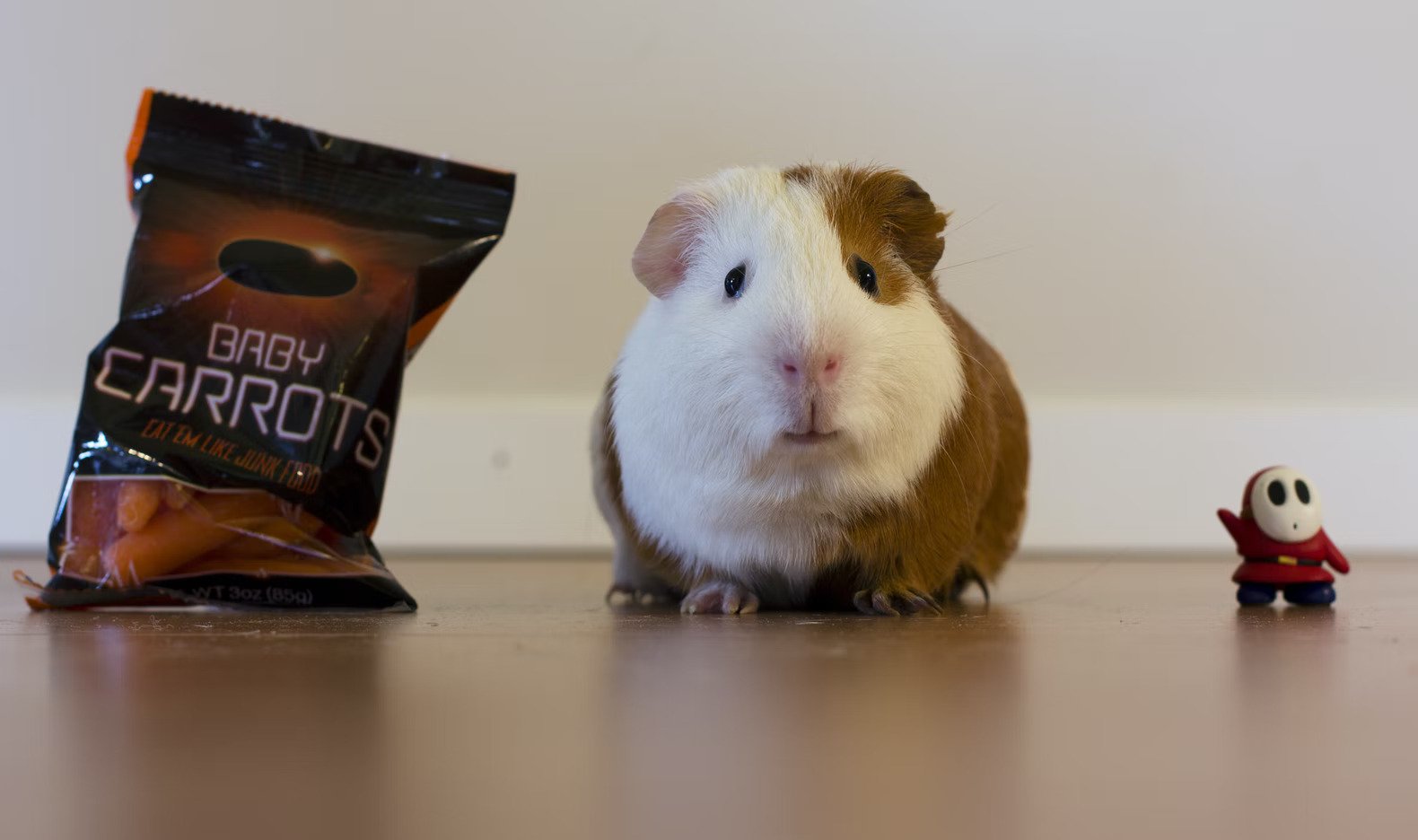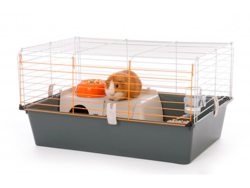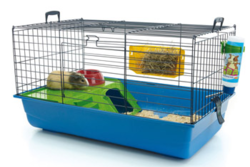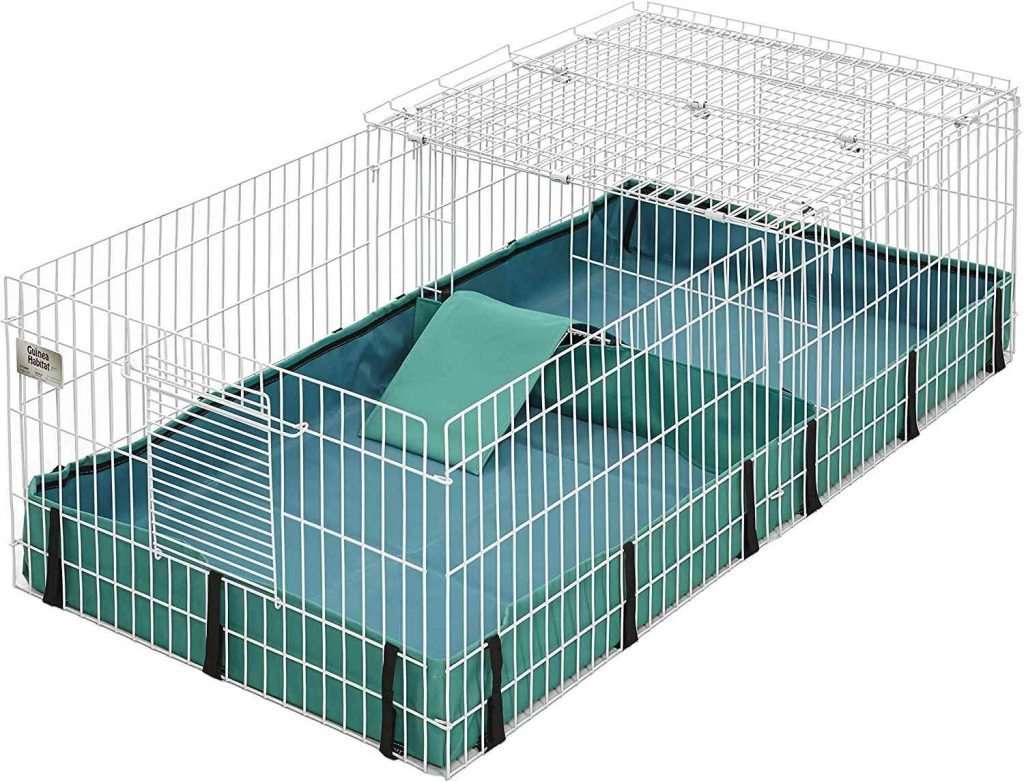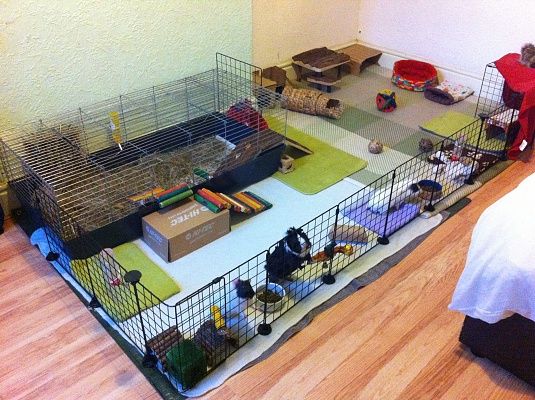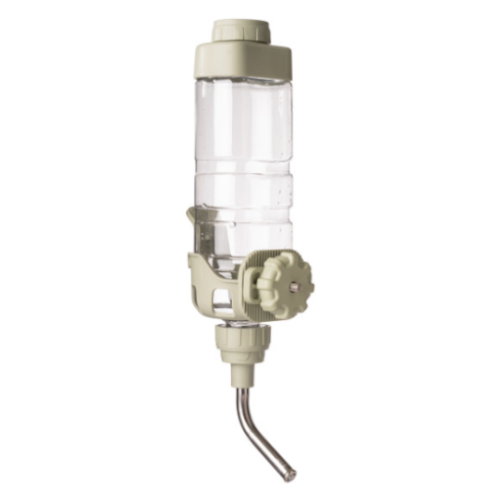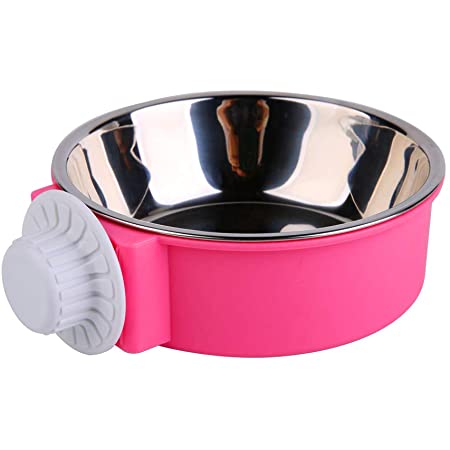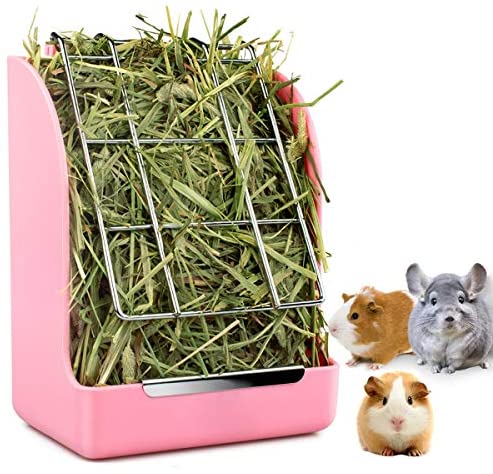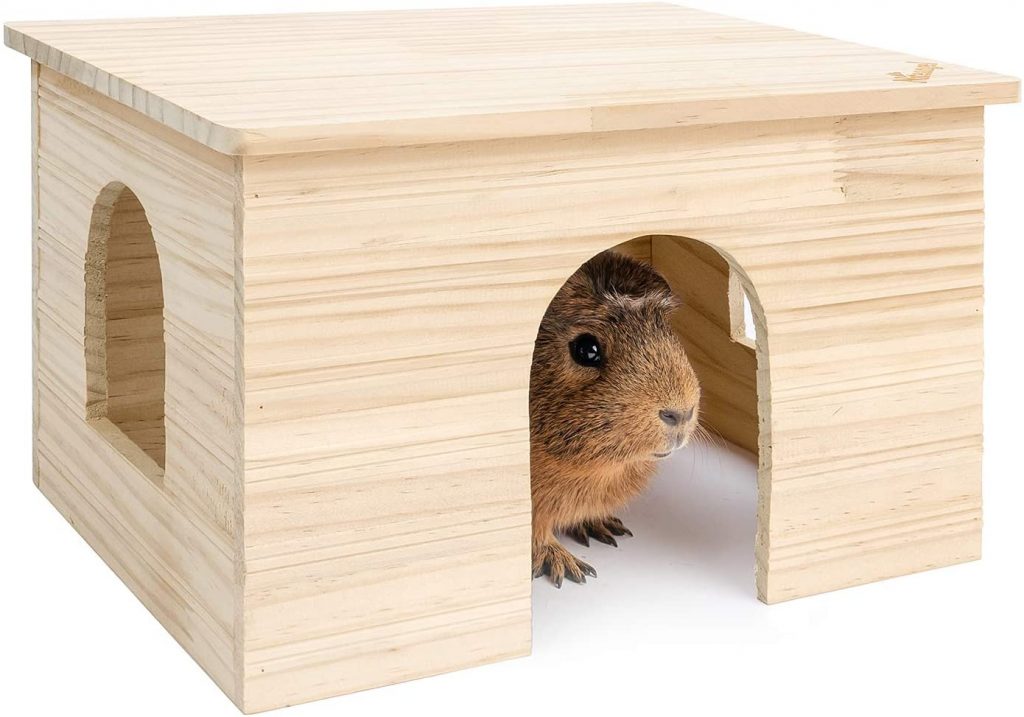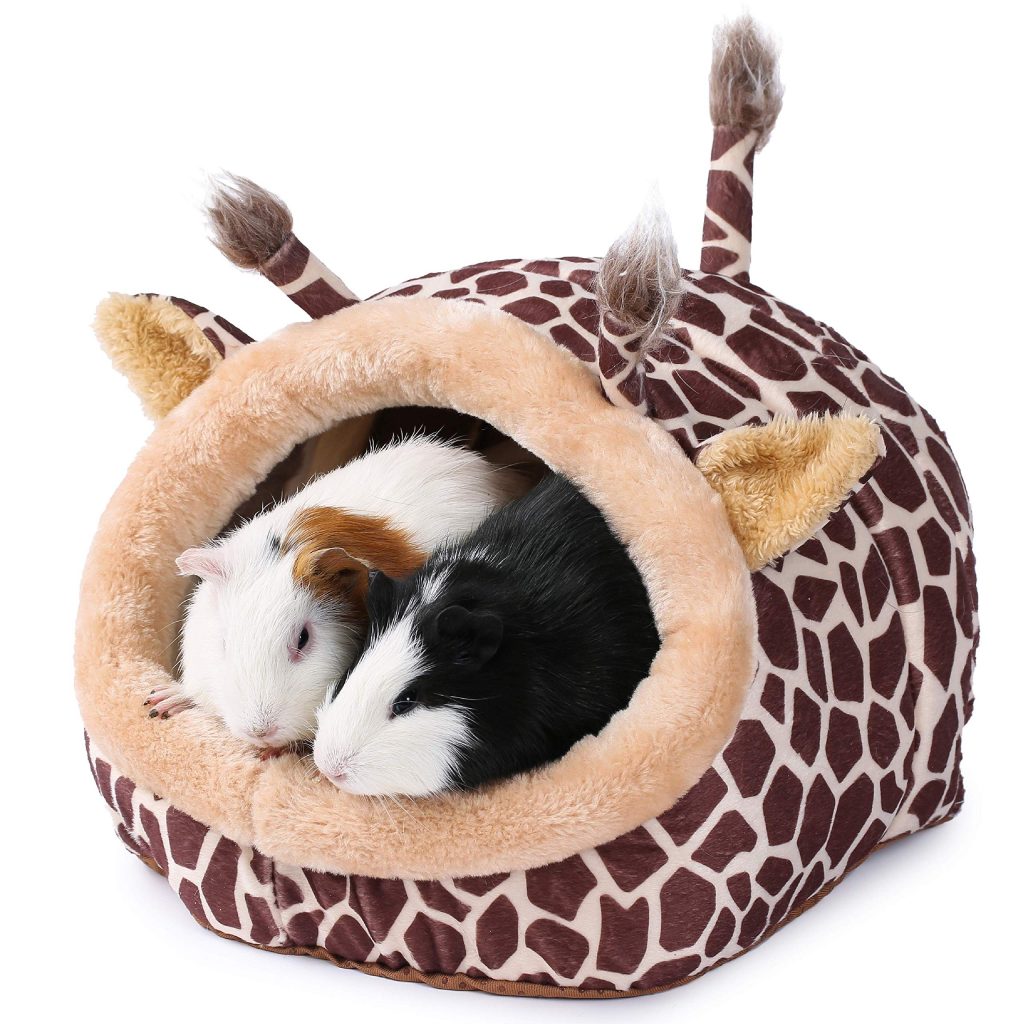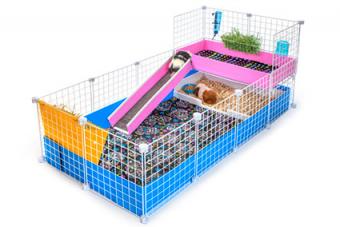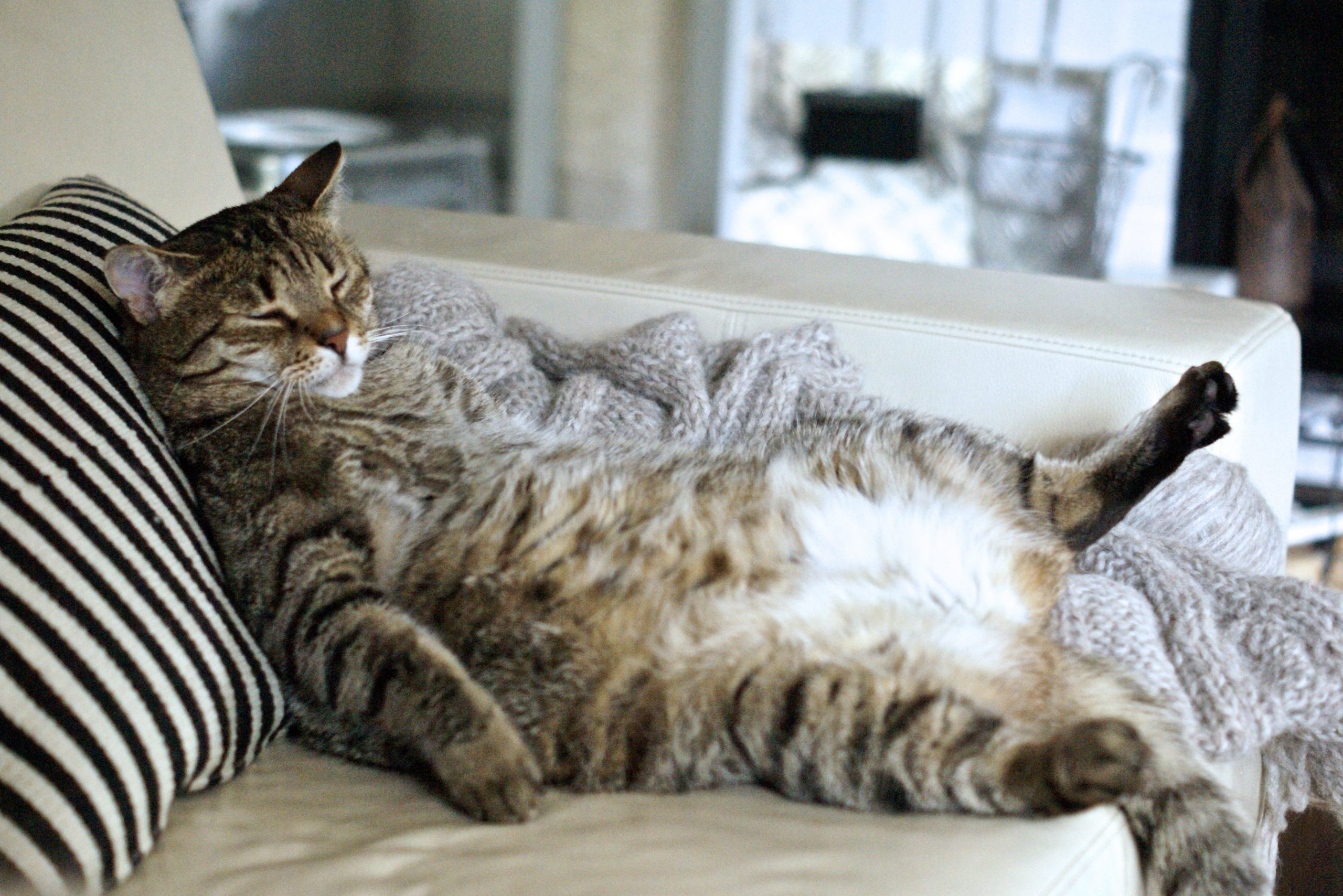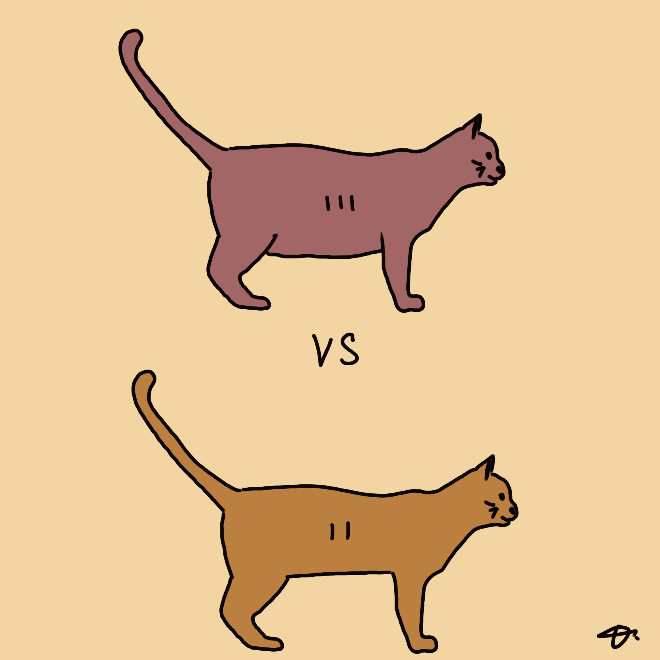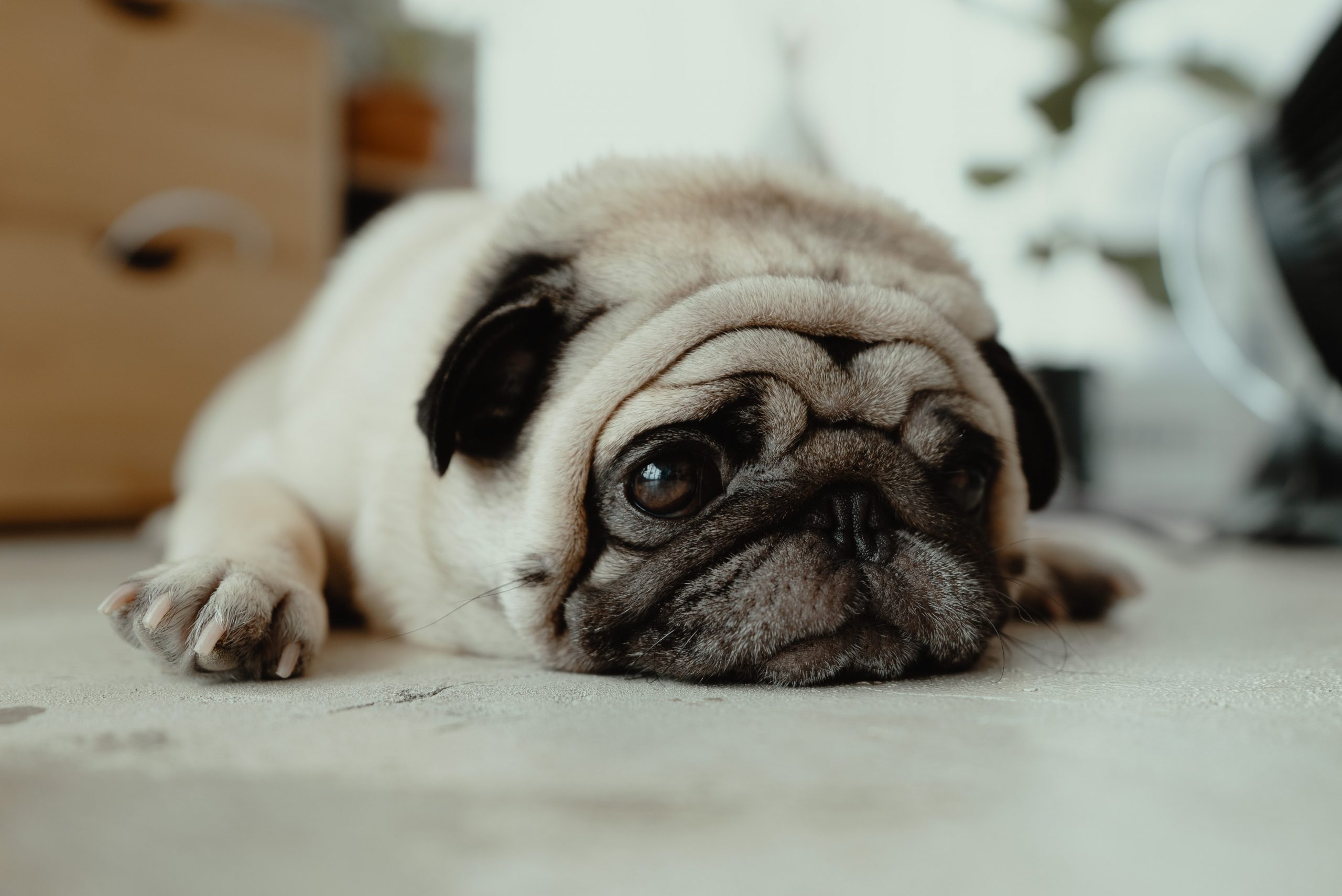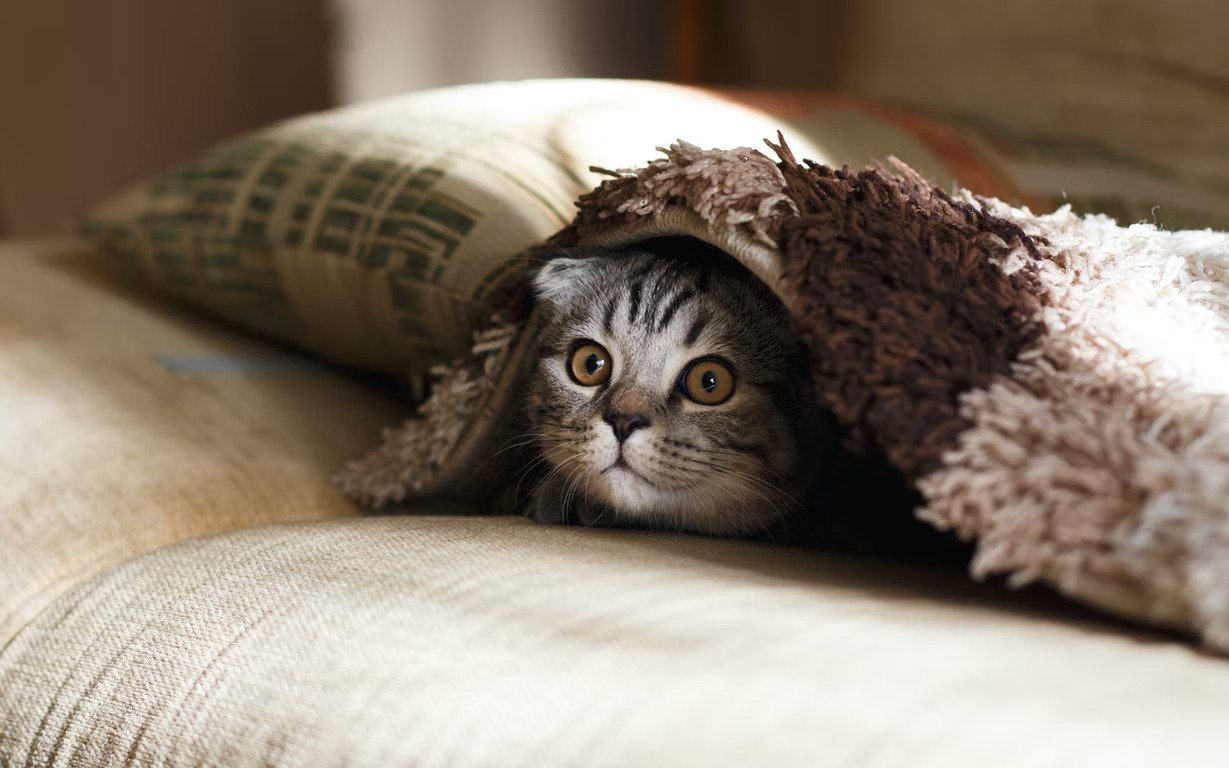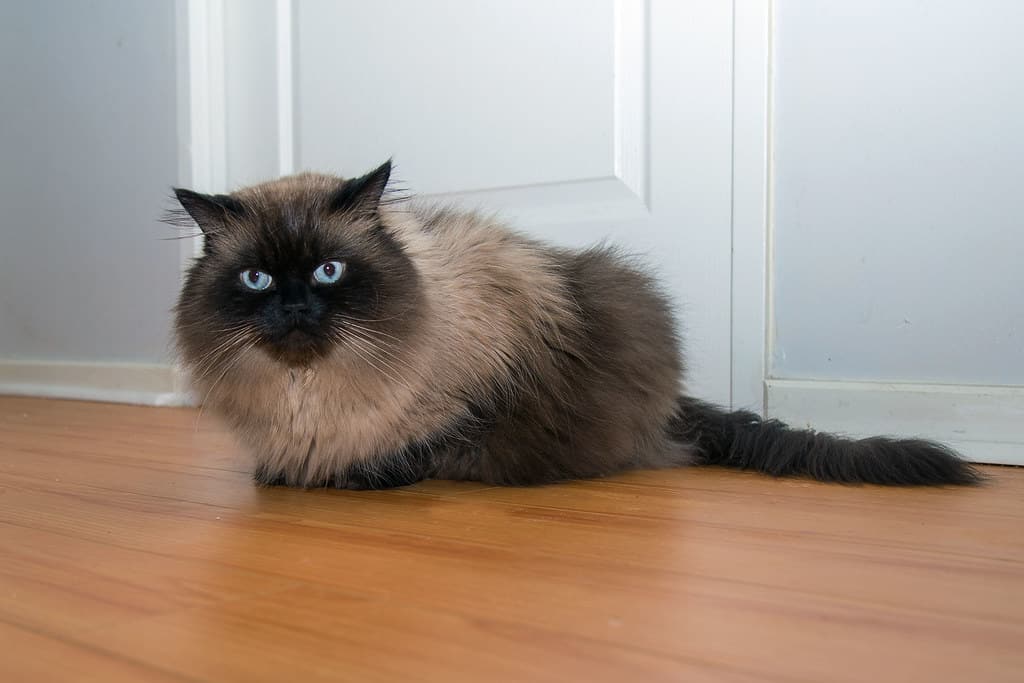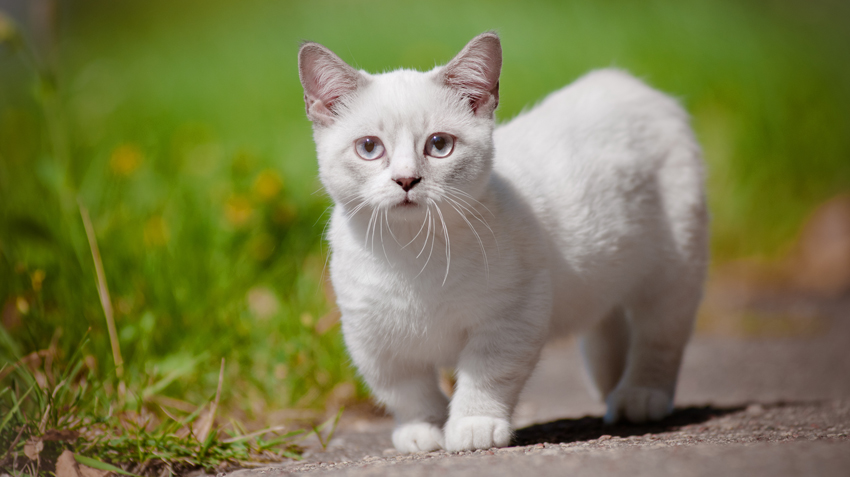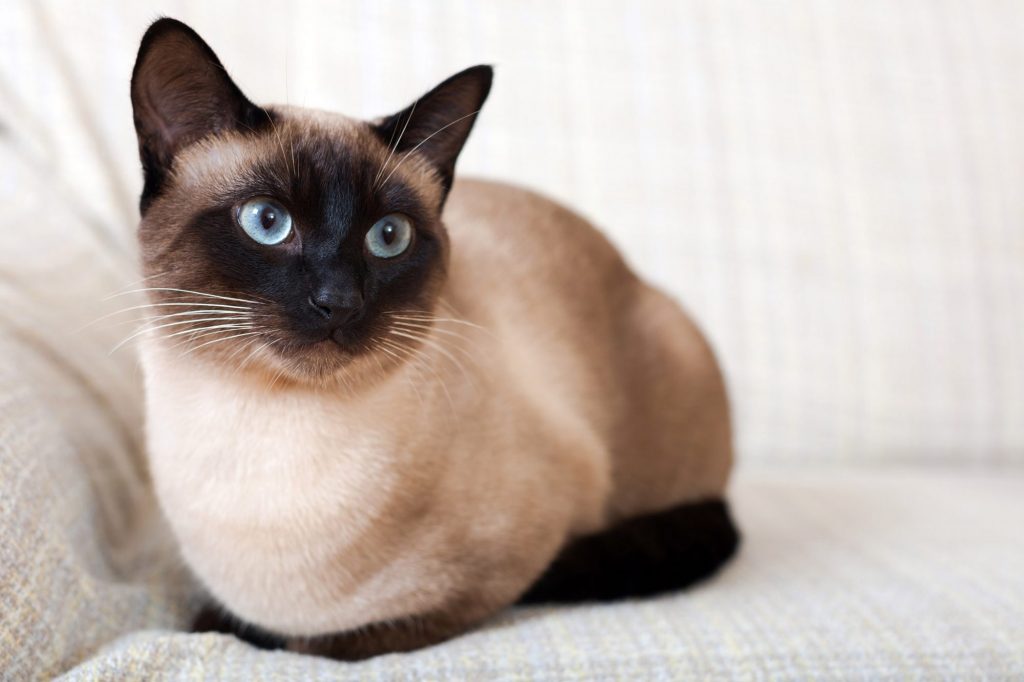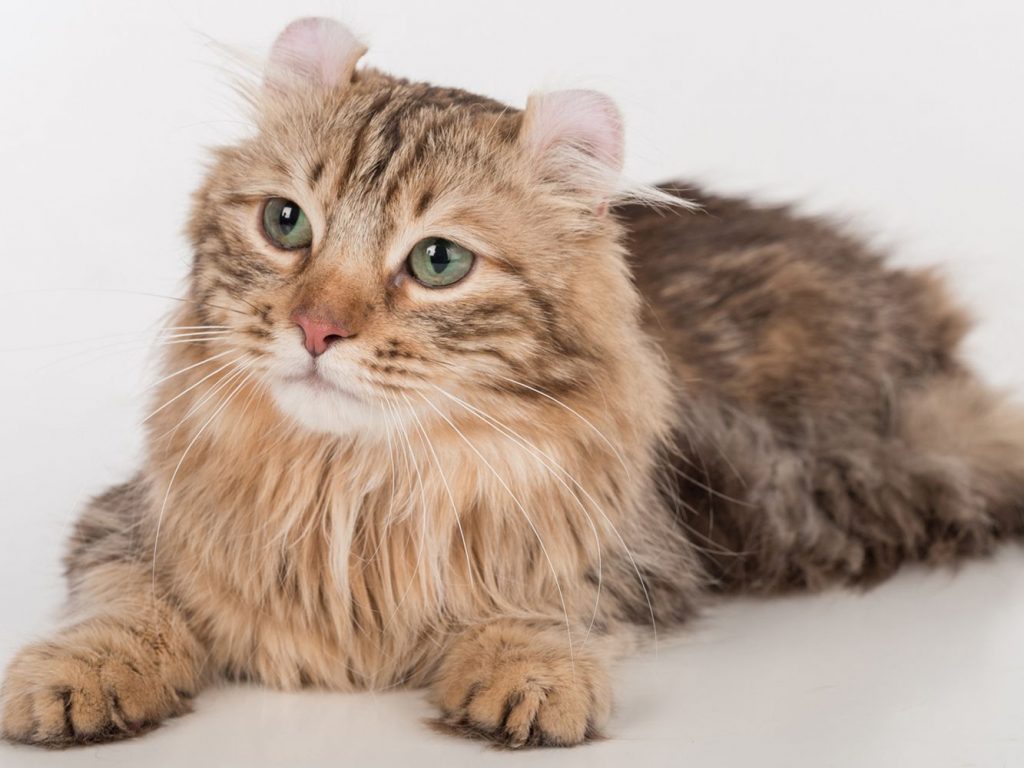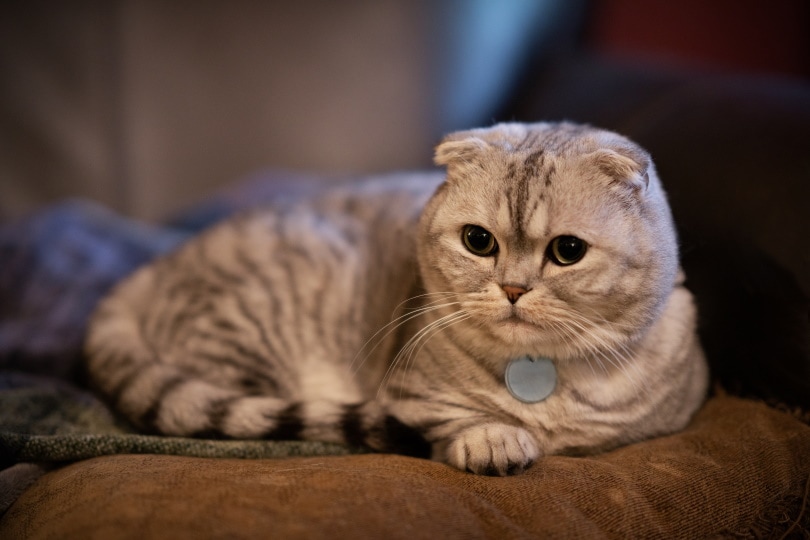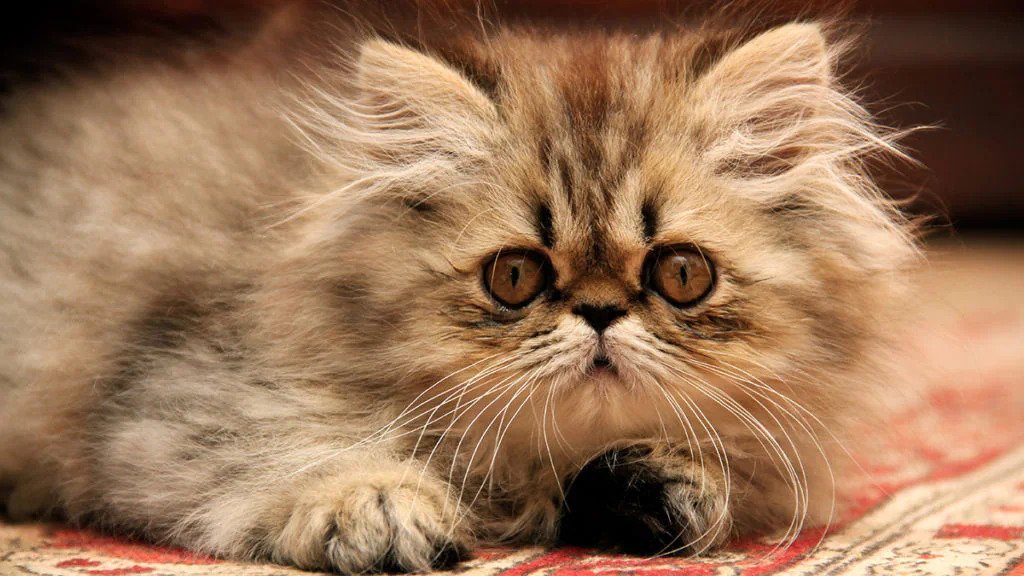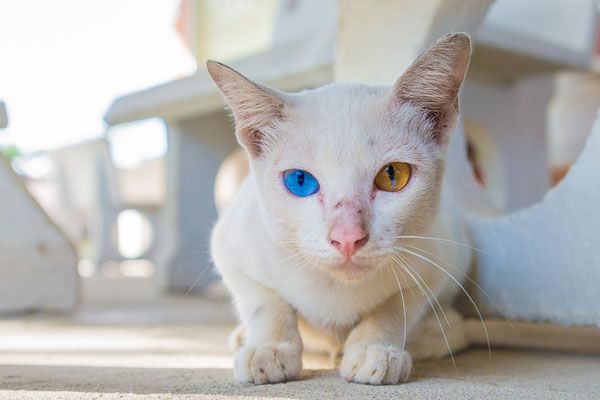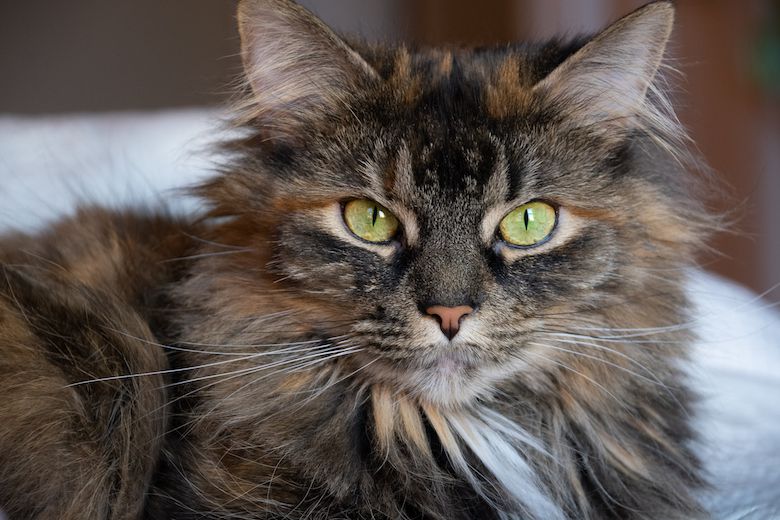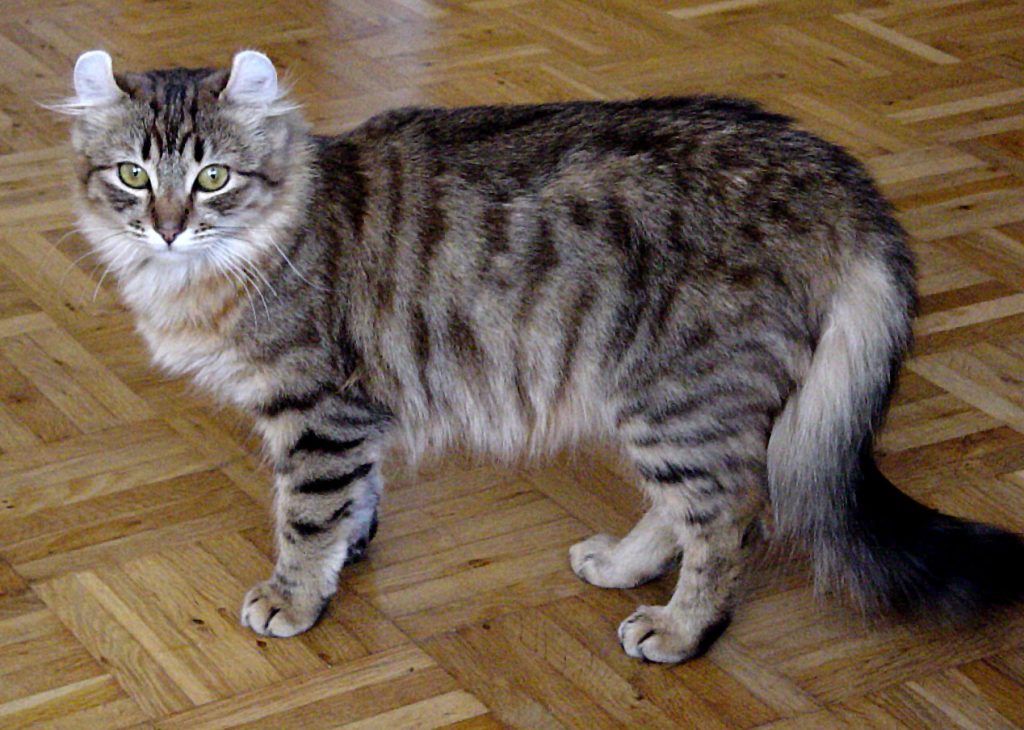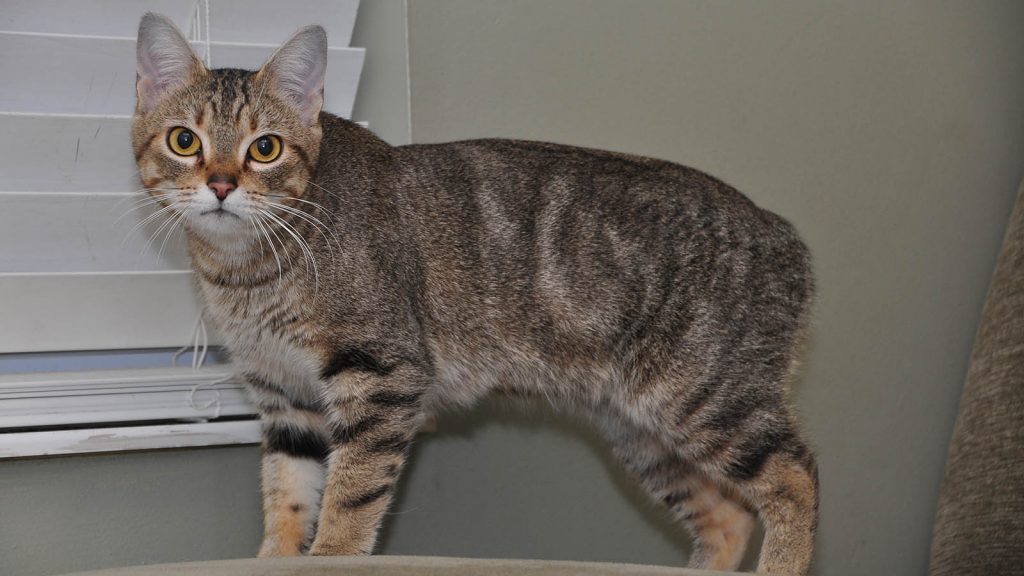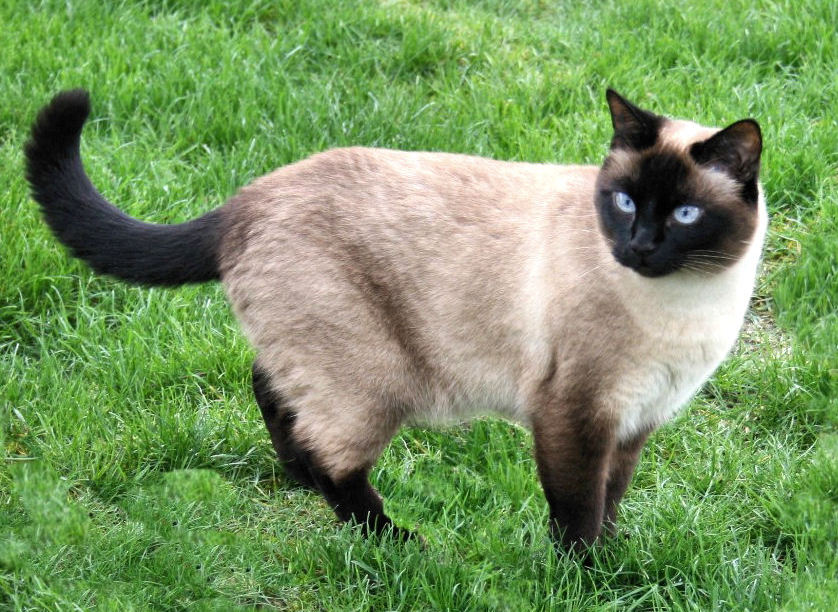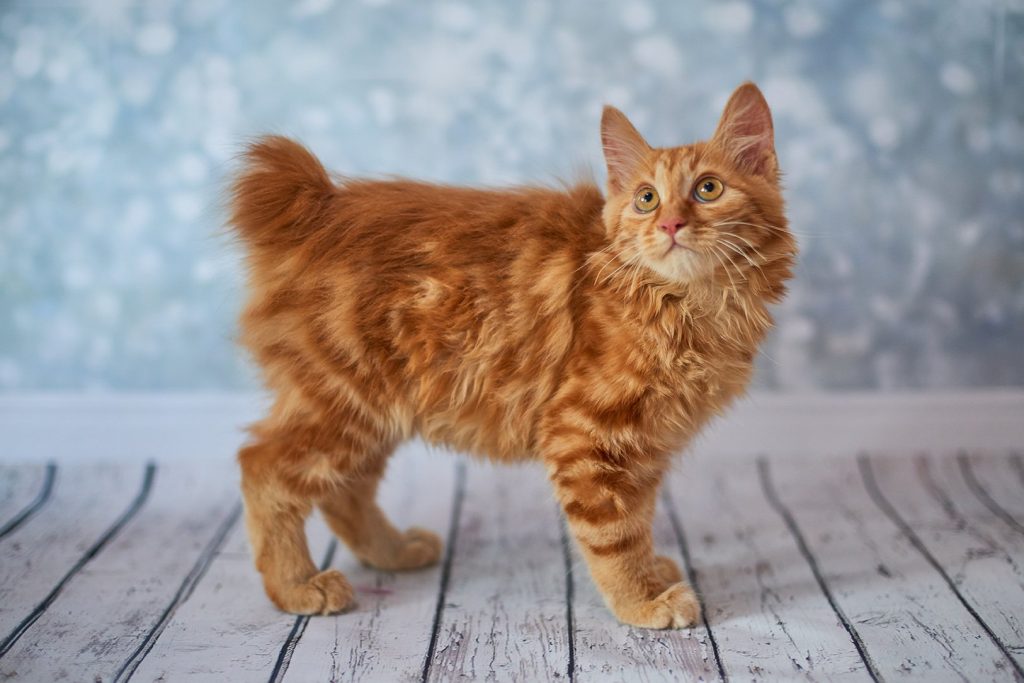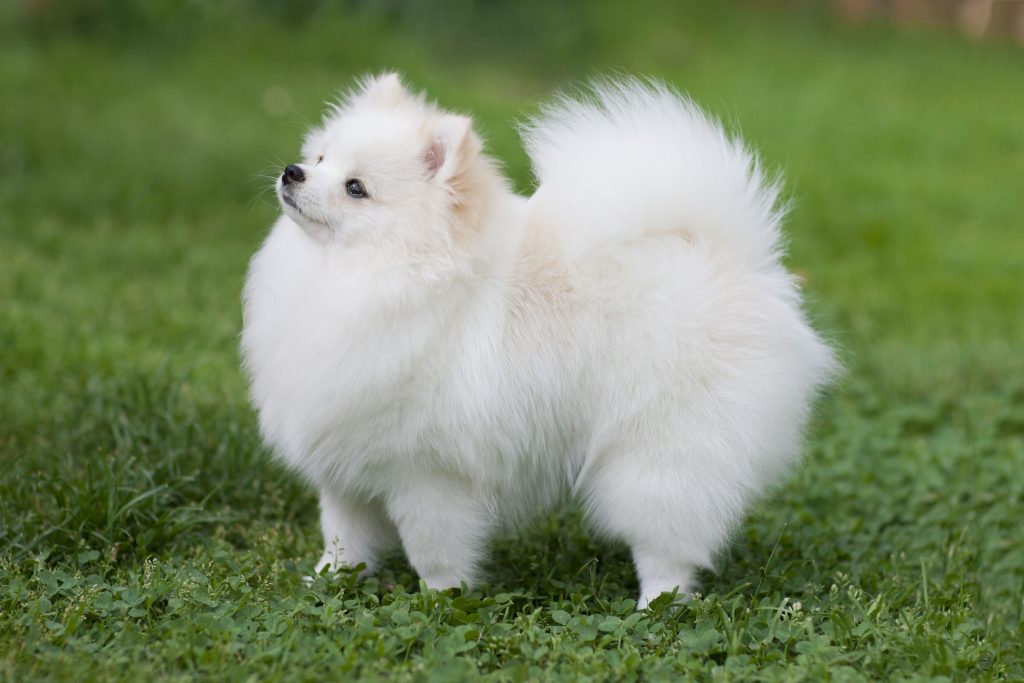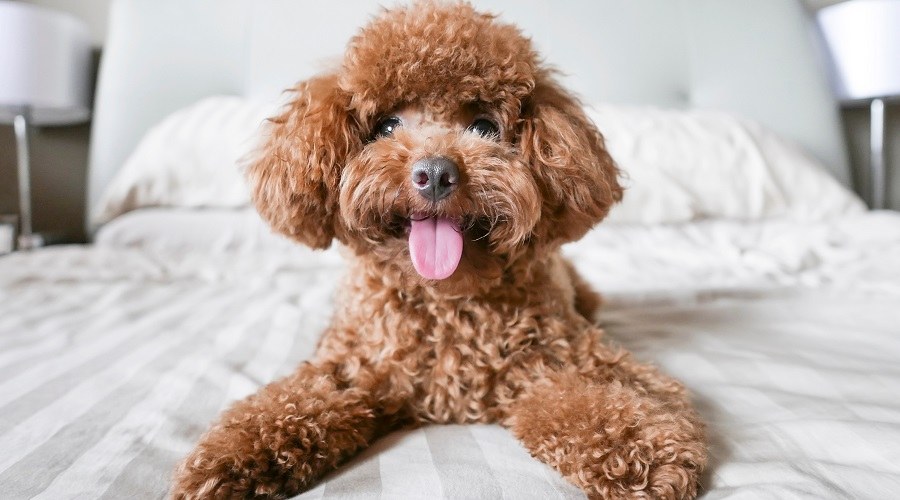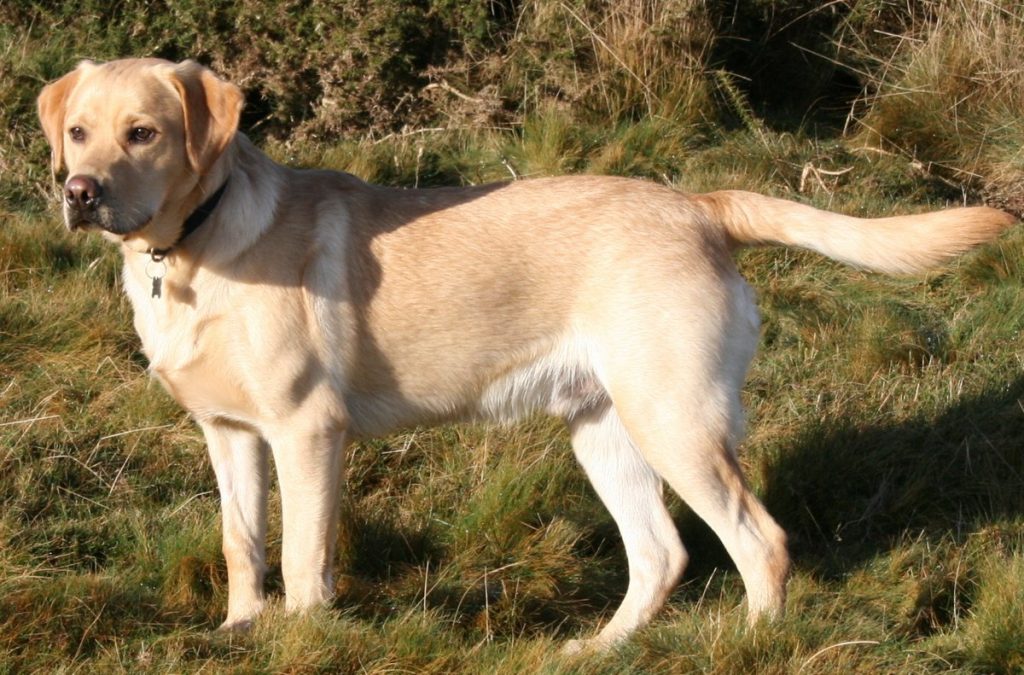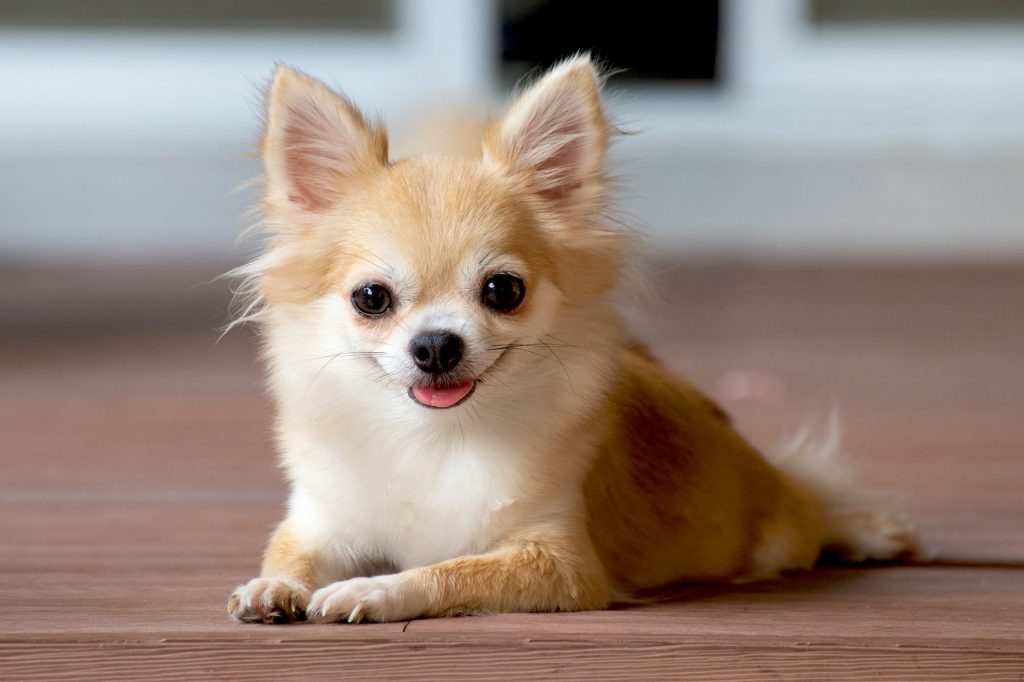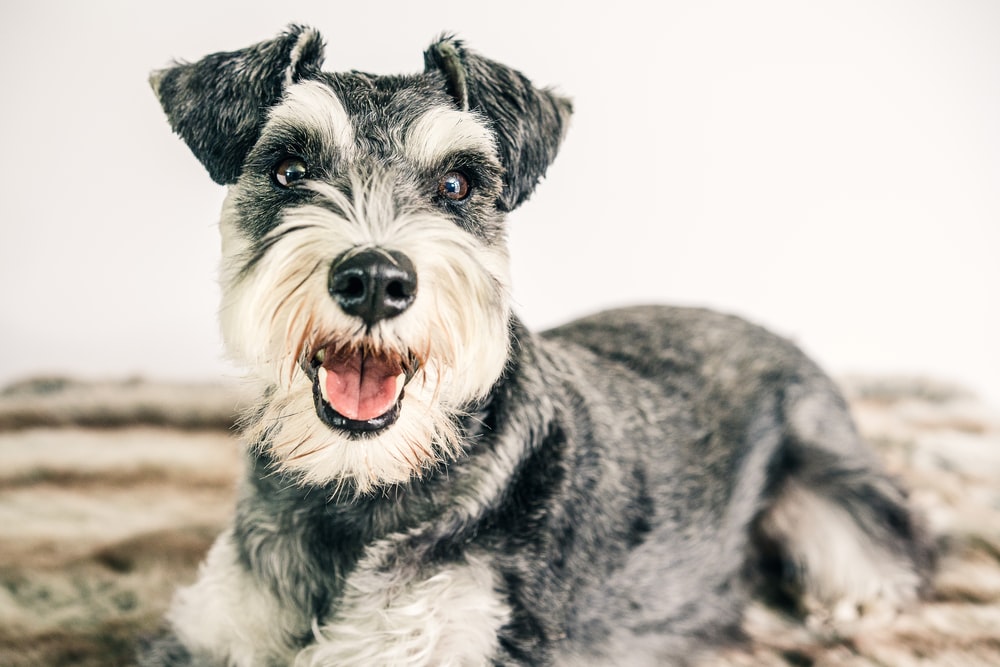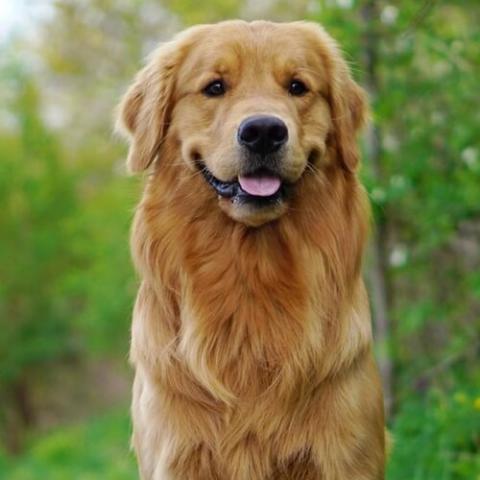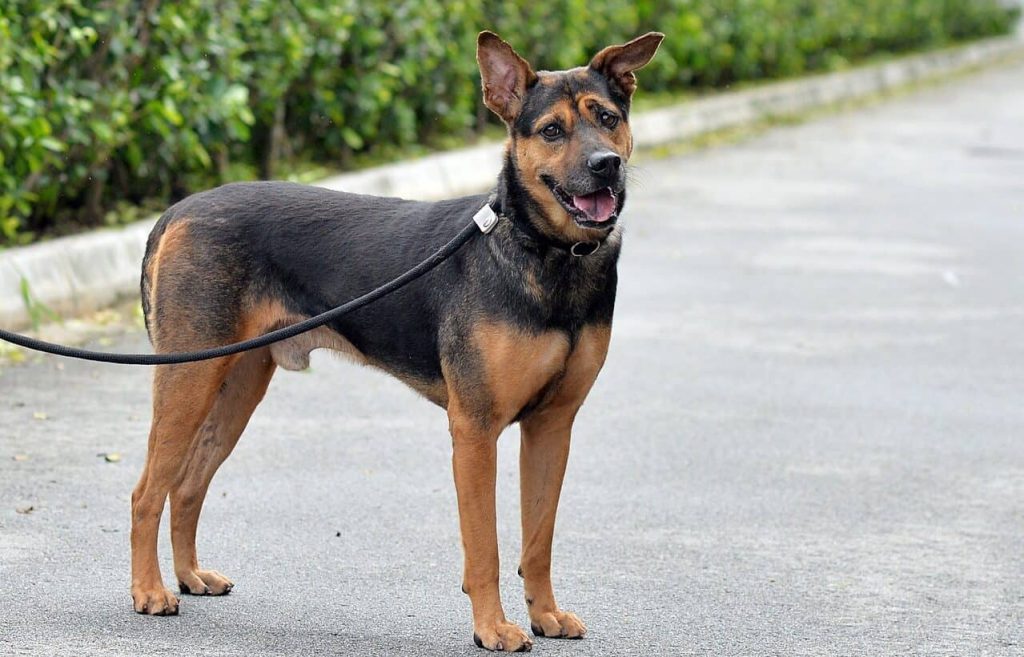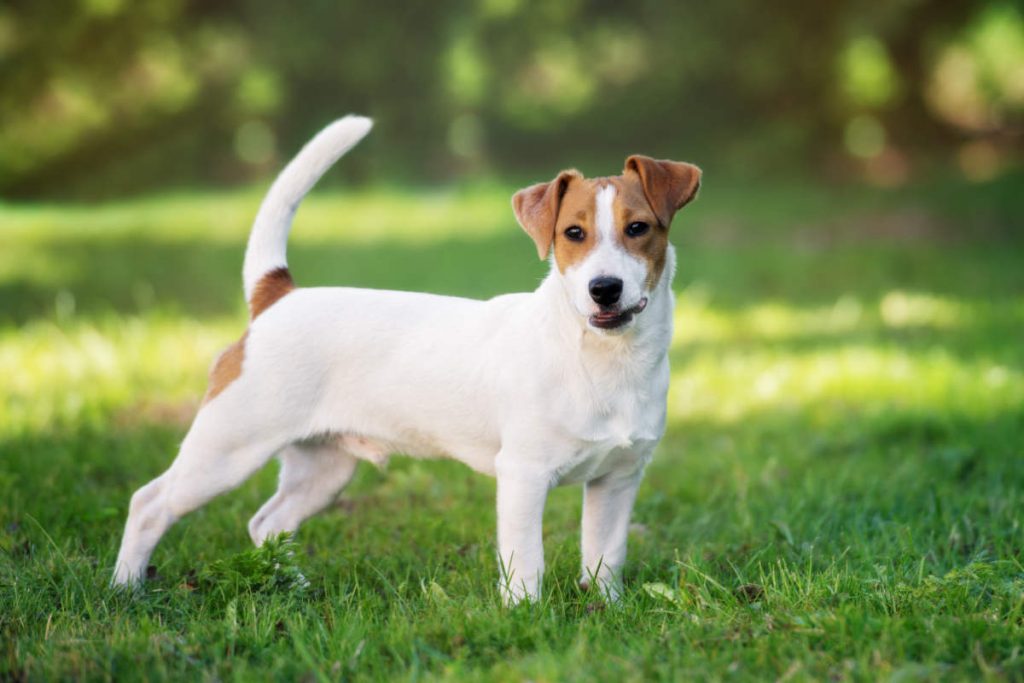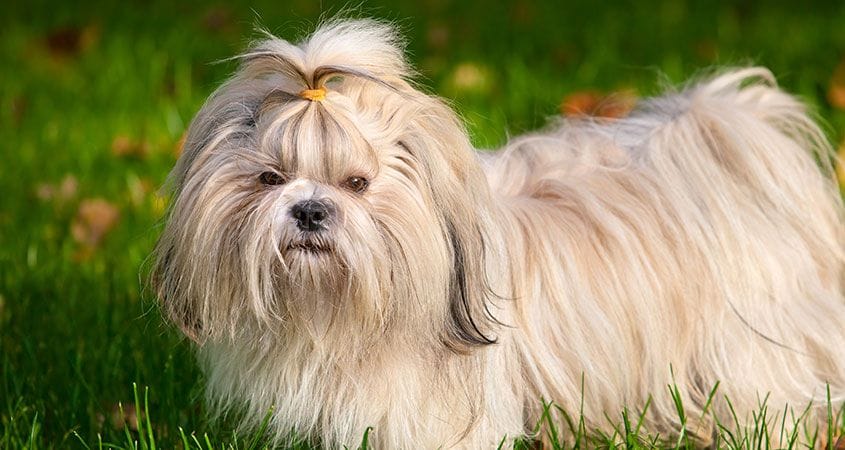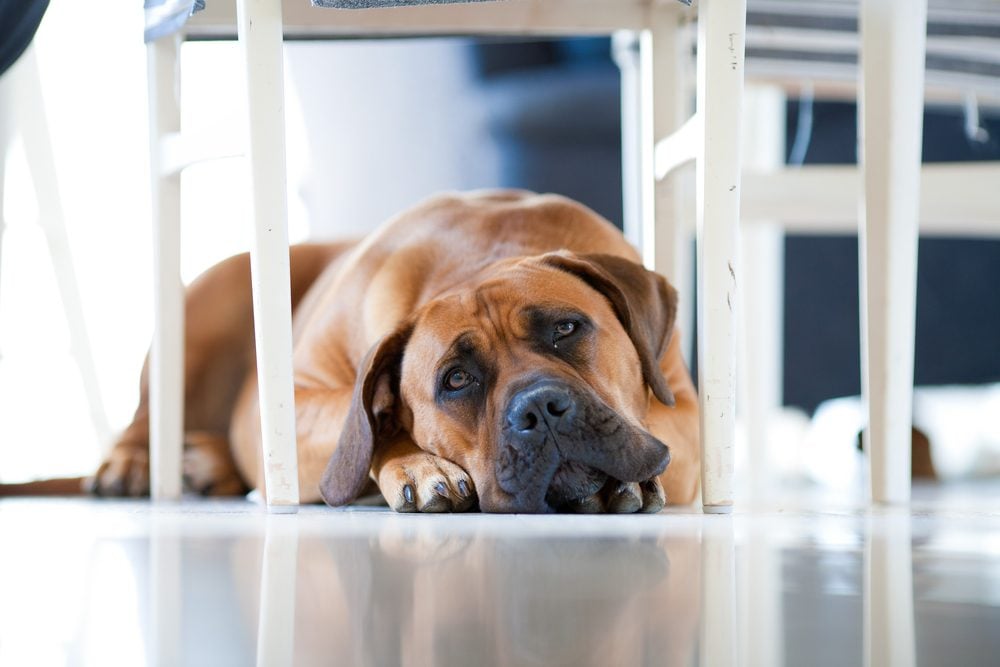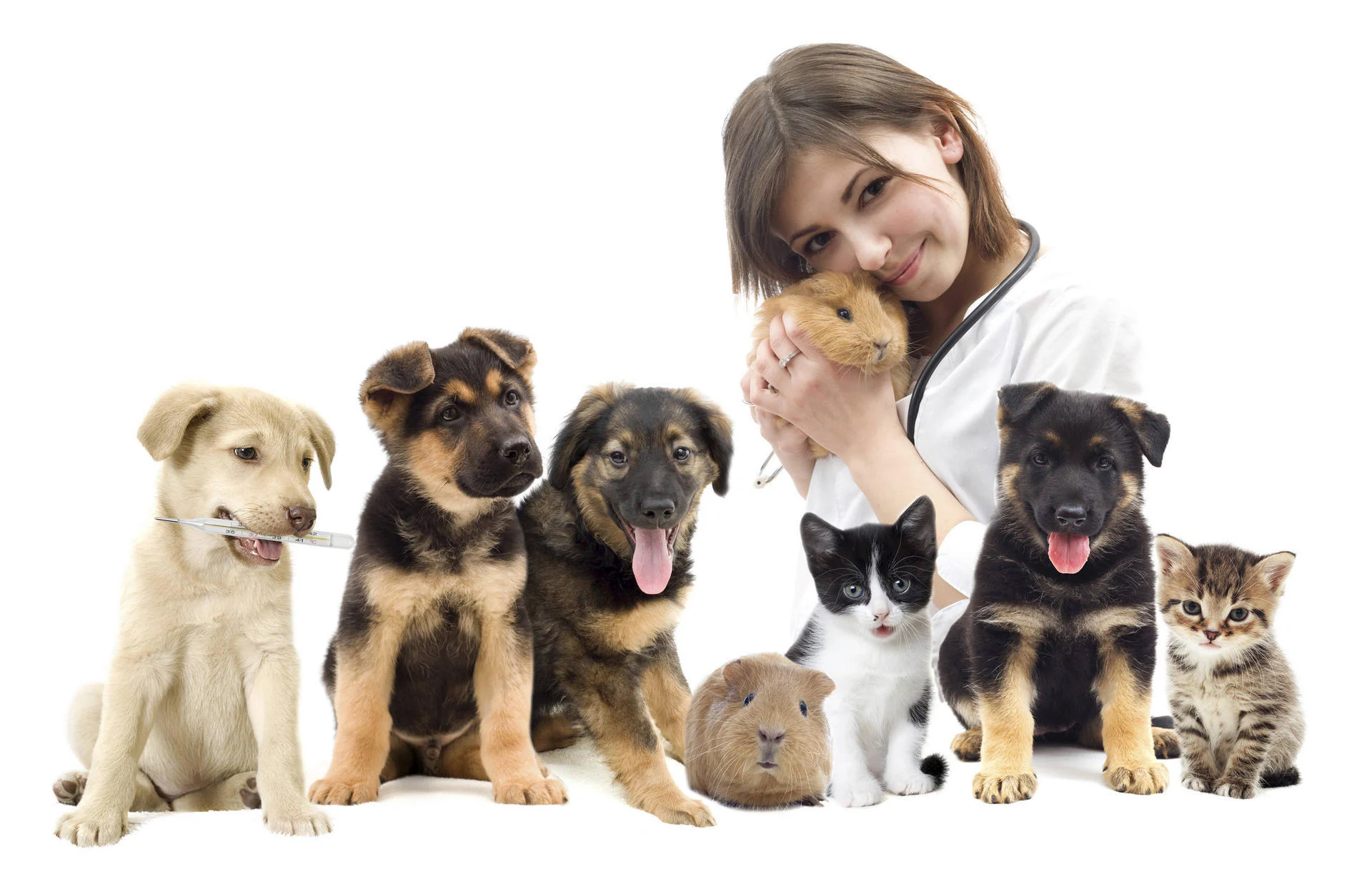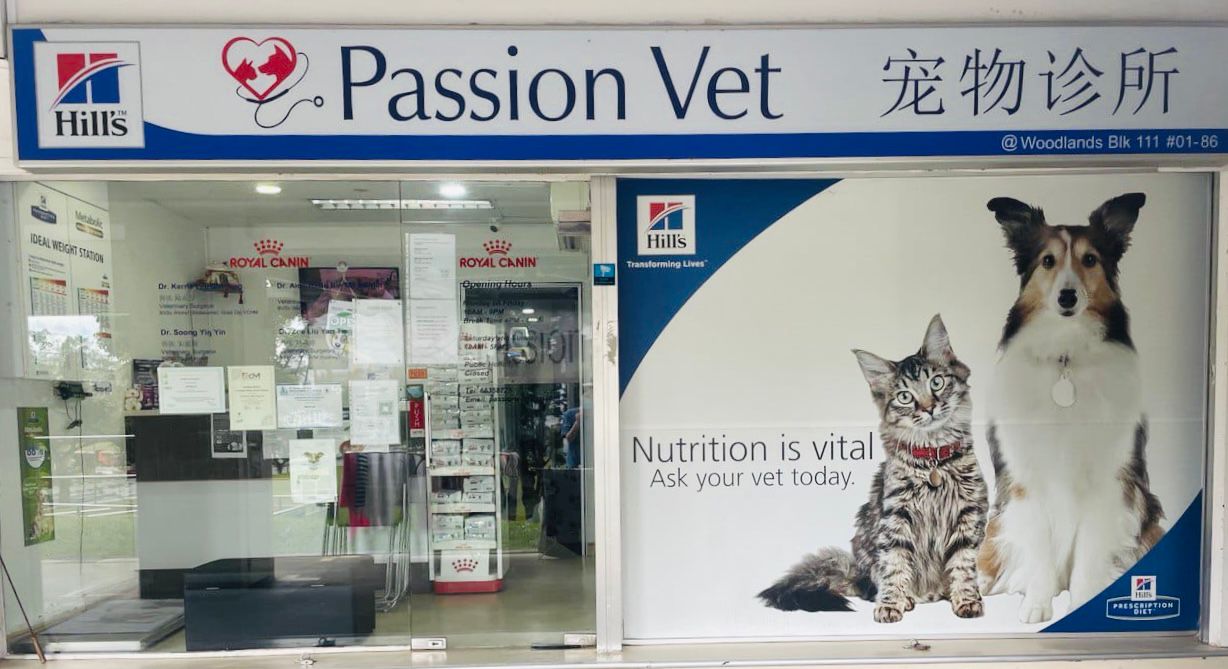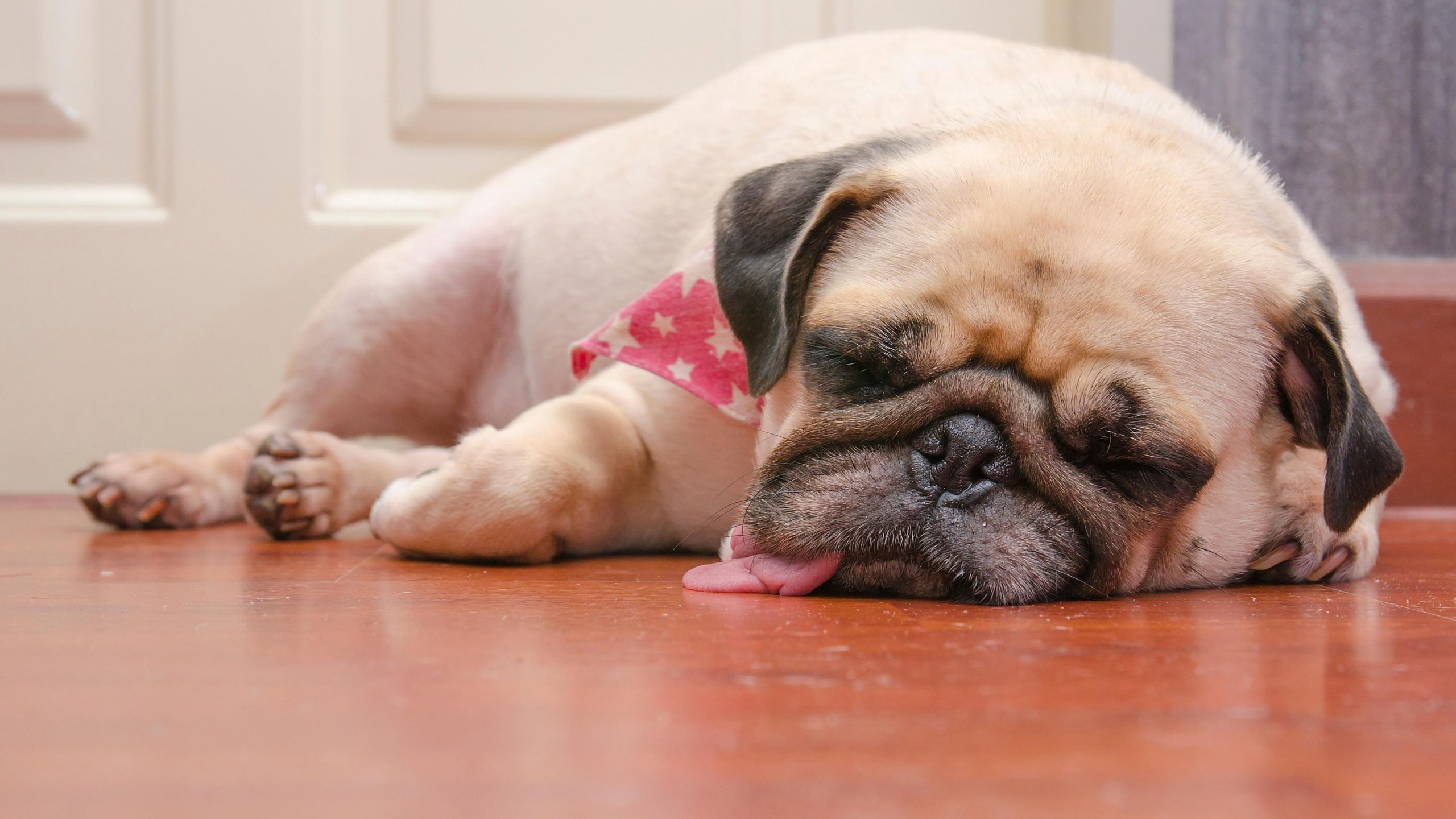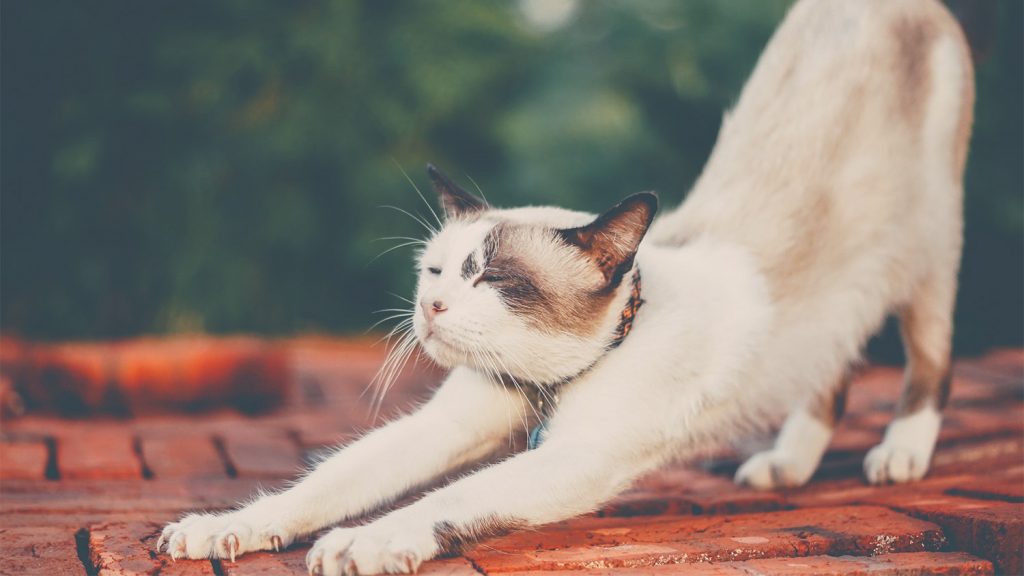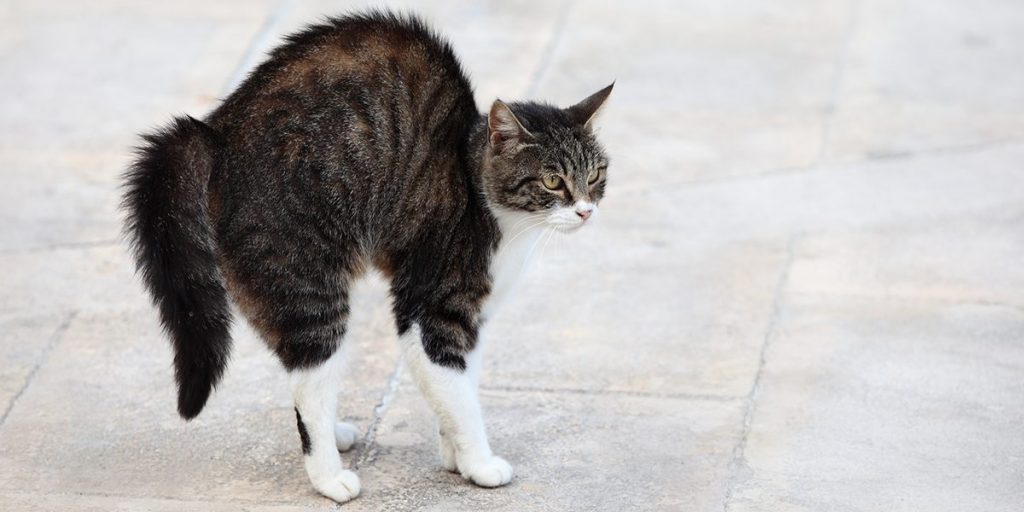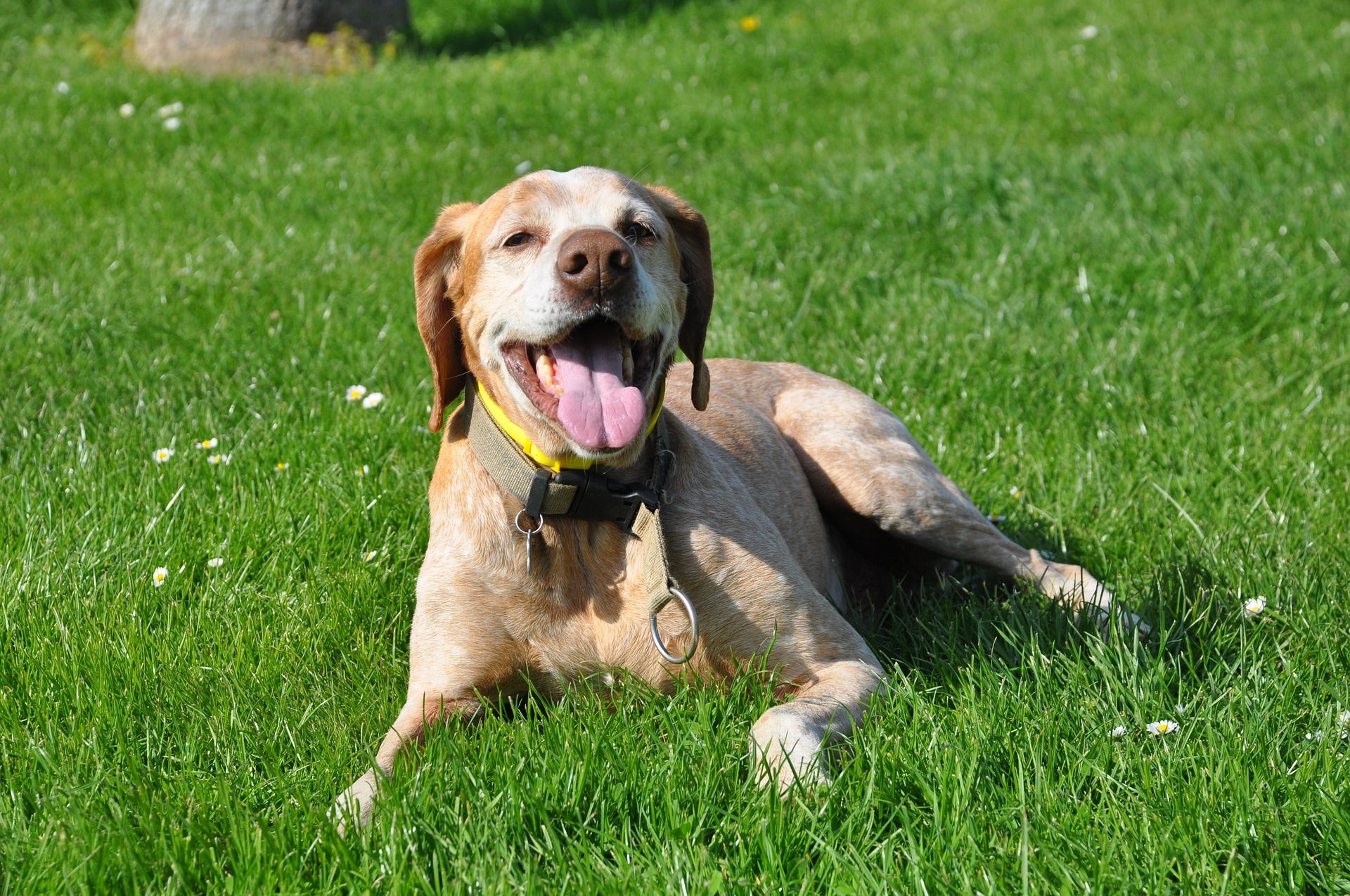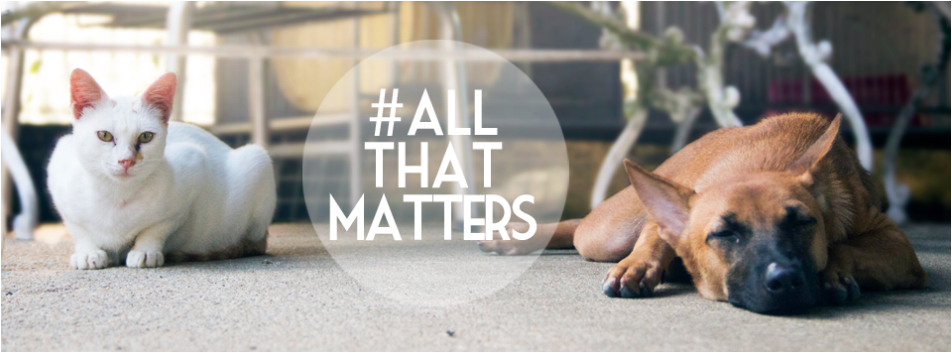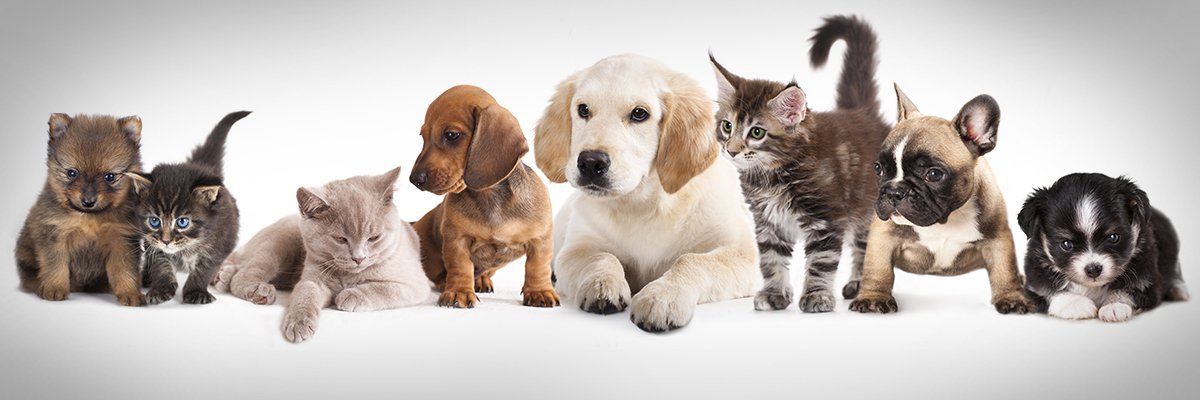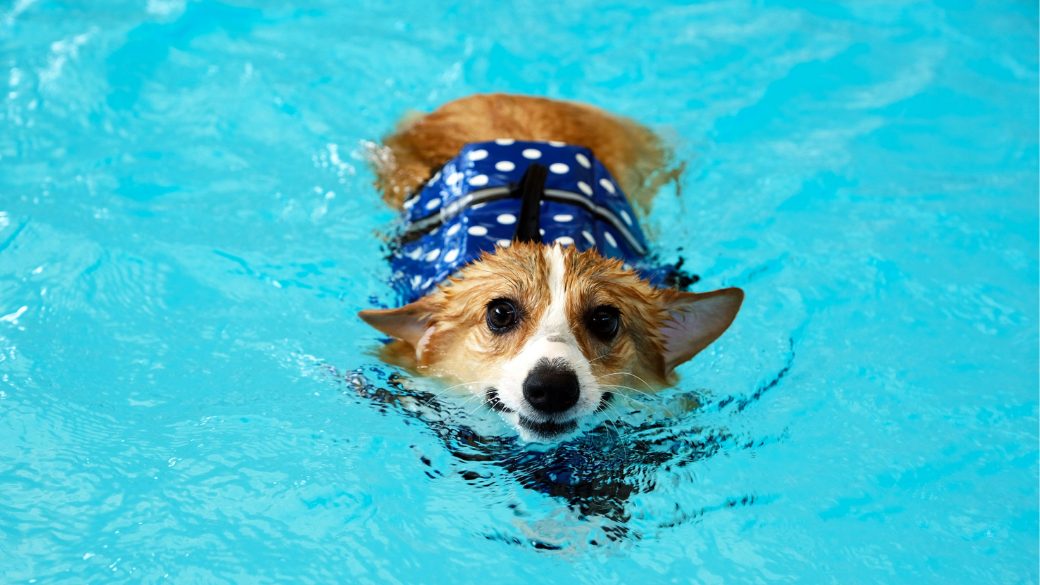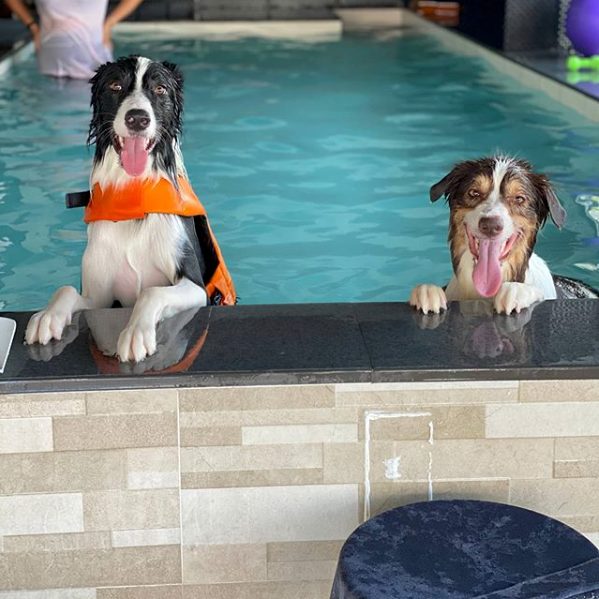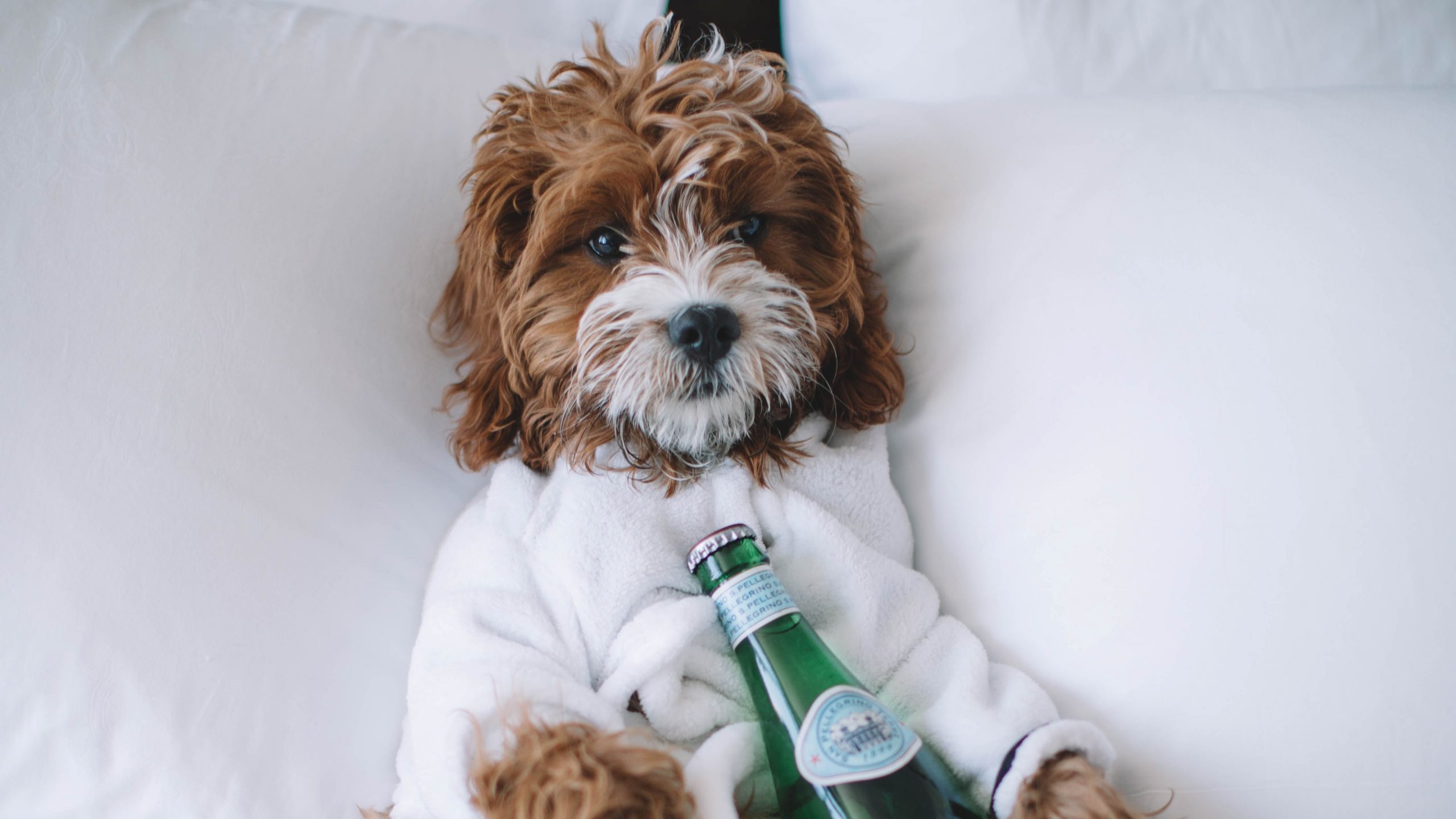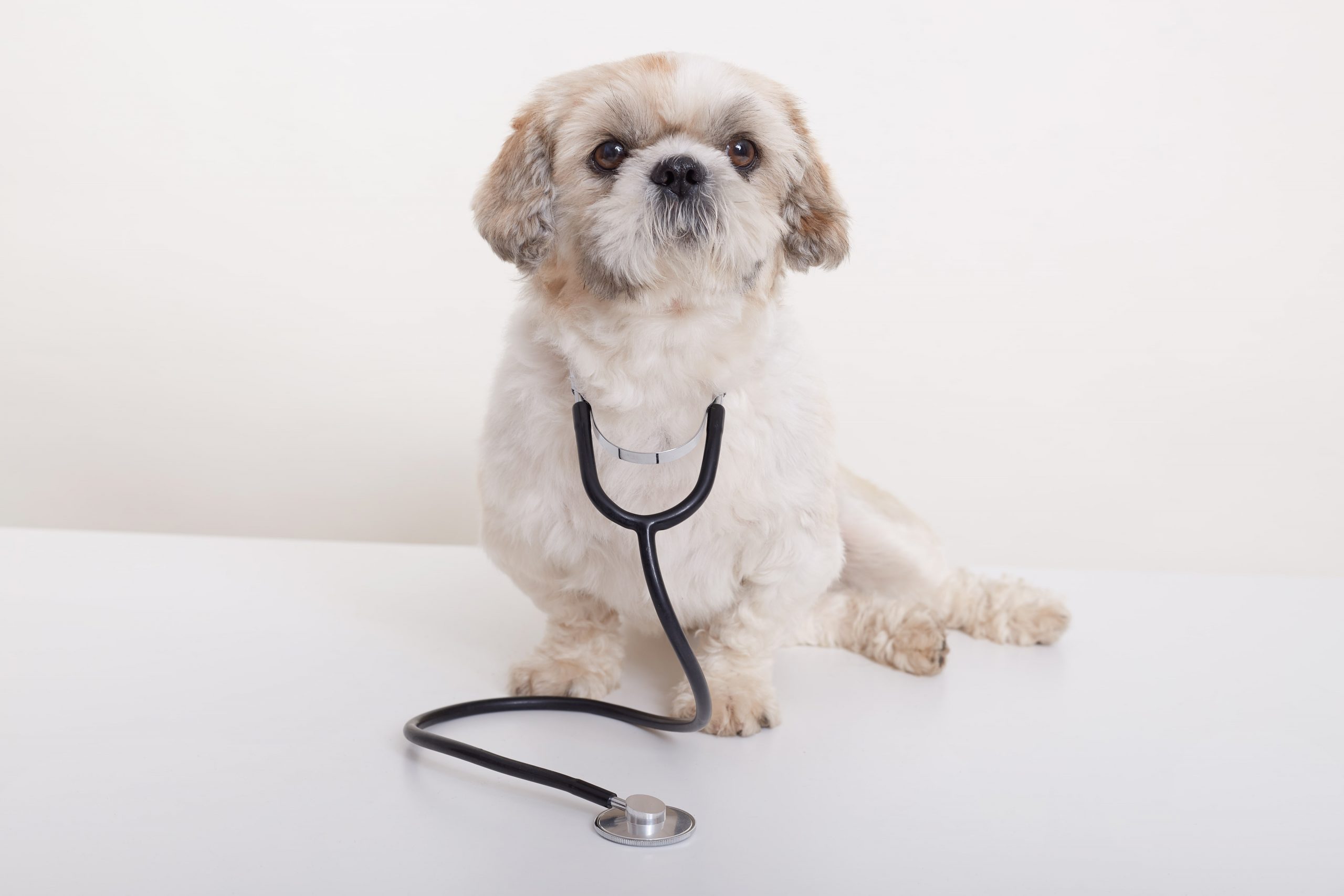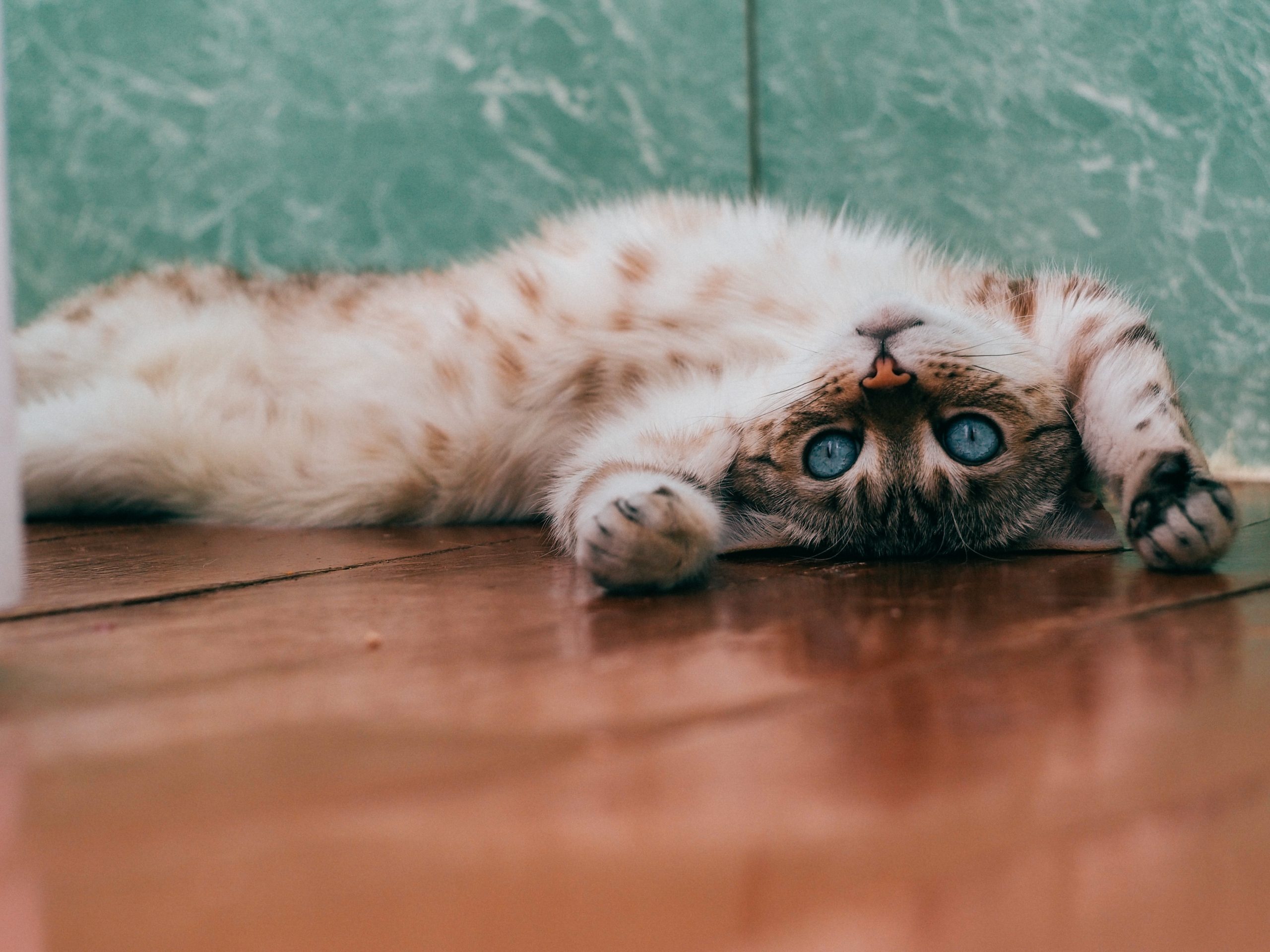
Cats are becoming very popular as domestic pets. The best thing about owning a cat is that they are low maintenance. On top of that, they are adorable and amusing to watch. So what are the popular cat breeds in Singapore?
#10 British Shorthair
The British Shorthair likes to be around people, so they like to be near their owners. They tend to be couch potatoes but can be playful at times. For that reason, they are the perfect cat for people who enjoy a chill afternoon on the couch watching Netflix!
Here are some interesting facts about the British Shorthair!
1. They descended from the cats of ancient Rome. The British Shorthair cat is one of the oldest cat breeds in the world.
2. British Shorthair nearly went extinct! During World Wars I and II, cat fanciers stopped breeding them and they nearly went extinct.
3. Not all British Shorthairs are GREY. Those with silvery grey coats and copper eyes are British Blues. British Shorthairs come in many different colours such as white, black. red, gold and silver. There are some British Shorthairs with colour-point, tortoiseshell, bicolour and patterns.
#9 Russian Blue
The Russian Blue may appear to be quiet and reserved, but they are quite playful after gaining their trust. They are one of the first cats to appear in cat shows.
Here are some interesting facts about the Russian Blue!
1. Russian Blue cats appear to have sparkly coats. They have short, double-layered coats. The under coat is soft and feathery while the outer coat is more dense and is flecked with shiny silver hairs.
2. These cats are born with yellow eyes, but will have emerald green eyes once fully grown. Most cats are born with light blue eyes which will darken as they age, but Russian Blues are born with yellow eyes! Around four months old, they will develop gorgeous emerald eyes.
3. They are known for their loving nature. Russian Blue cats are one-person cats, meaning they will only be deeply bonded to one person. However, this does not mean that they are only suitable to live with one person. They do enjoy living with families and can even be happy with other pets.
#8 Siberian
Siberian cats have long, lustrous, thick coats. Not only are they intelligent and strong, but also gentle and affectionate. They are also big in size, and can weigh up to 12 kilograms.
Here are some interesting facts about the Siberian!
1. Siberian is the first Russian breed. They were officially recognized as a breed in the 1980s in the Soviet Union. Recognized internationally in 1992, becoming the first Russian breed registered by international organisations.
2. They weigh as much as two normal cats. A Siberian cat will need more space for their enormous paws and tails. A female adult Siberians weighs about five to six kg while males can weigh from 10 to 12 kg.
3. They like kids! Siberian cats do understand family ties. Siberian father cats will take care of the kittens like a mother does. They like human children and will protect them as their own.
#7 Munchkin
Munchkins have short legs and are sometimes known as the cat equivalent of a Corgi. They are especially popular among Japanese people due to its ” 可愛い チビ (kawaii chibi)” appearance. These cats are generally playful, friendly and fond of human interactions.
Here are some interesting facts about the “Kawaii Chibi”!
1. They are fast and furious despite their short legs. Munchkins have a lot of energy which increases their speed and agility. These cats can turn corners like a furry race car.
2. Munchkins are sociable and love cuddles. Munchkins crave company from anyone. They will never refuse a warm lap for cuddling. They enjoy cuddling up next to someone who can protect them and make them feel warm and safe while sleeping.
3. These cats are curious creatures. Munchkin cats are known to be very social and have lots of curiosity. Unlike other cat breeds, they do not creep in so quickly to satisfy their curiosity. Instead they will sit on their hind legs and stretch up to see what caught their attention.
#6 Siamese
Siamese cats are one of the oldest and most popular breeds of cats. They are intelligent, talkative and gentle. Their coat colouring is determined by their genetics and the temperature of the surroundings.
Here are some interesting facts about the Siamese!
1. Siamese cats had crossed eyes and crooked tails. Many Siamese cats once had kinked tails and crossed eyes. Cat fanciers viewed these traits as undesirable. Thus, they gradually eliminated them through selective breeding.
2. Their tips also vary in colour. Those colours can range from blue, chocolate to lilac.
3. They are social butterflies. Siamese cats are a people-loving breed who will bond closely to their humans. They also enjoy the company of other cats, children and even strangers.
#5 Bengal
Bengals are known for their cunning personalities and high energy levels. They are bred to look exotic like jungle cats. Hence, they are perfect for an active household with lots of time to devote to them.
1. They like water. Bengals like playing in the water. Hence, it is not unusual for them to join their owner in the shower. If you own a Siamese cat, you may want to consider installing a pet fountain so he can drink whenever he pleases.
2. Two is better than one. Bengals thrive on consistent interaction. Thus, it would be better to keep them in twos.
3. Bengals are natural hunters. Their predatory instincts run deep. These cats are avid and skilled hunters, just like their leopard ancestors.
#4 Maine Coon
These cats are the largest cat breed, and can weigh up to 8 kilograms! They are a loyal, affectionate and playful breed.
Here are some interesting facts about Maine Coons!
1. Not all Maine Coon cats are brown. Maine Coons are commonly seen with brown coats. However, they actually come in all kinds of colours and patterns. Those include smoke, cream, cameo, mackerel and tortoiseshell.
2. They are ‘gentle giants’. These cats are huge but they are also affectionate and sociable.
3. Maine Coons are a playful breed. Playtime is important for these cats as they love to play with people. Be prepared to provide them with lots of interaction and play!
#3 Ragdoll
Ragdolls are loving and affectionate which makes them a great addition. They are relatively a new breed and are not yet century old. They were bred in California in the US in the 1960s and are one of the largest cat breeds.
Here are some interesting facts about Ragdolls!
1. They all have beautiful blue eyes. Ragdoll eyes come in different shapes and shades of blue. Importantly, all purebred ragdolls have blue eyes.
2. These cats have dog-like personalities. Ragdolls exhibit traits like loyalty and playfulness like a dog. They love being near their humans and will even wait outside a door for them.
3. Ragdolls are quiet by nature. This breed is generally quiet. Sometimes they are so quiet to a point where they do not show distress or pain.
#2 Persian
Persian cats are perfect for people who want a calm, affectionate pet. They like to be held and enjoy sitting on your lap. These cats have short muzzles and round faces.
Here are some interesting facts about Persians!
1. Their coats are a rainbow of cat colours. There are seven different categories of Persians: solid, silver and golden, smoke and shaded, tabby, particolor, bicolor and Himalayan.
2. Persian cats are not compatible with kids. If you have kids at home, you might want to reconsider your decision. Persian cats do not like loud noise and constant disturbance.
3. They are good companions. Persian cats are the perfect breed for anyone who is concerned that their cat will destroy their homes. They are not curious or adventurous by nature.
#1 Singapura Cat
The Singapura Cat is believed to have originated from the streets of Singapore. Singapura cats were not recognised as an official breed until the 1970s. In Singapore, they are recognised as a national treasure.
Here are some interesting facts about the Singapura Cat!
1. They are very extroverted! A great addition to households with other cats, well-mannered children and cat-friendly canines.
2. Mischievous and curious. They love to get into things and will need a lot of interactive toys to keep them entertained.
3. Known as mini heating pads. The Singapura Cat’s bodies give off a surprising amount of heat and are perfect for snuggling on the cold rainy night!































